Copperheads tend to be darker and have be seen on the top of the head a distinctly coppery colored head Some harmless species, like the Garter Snake also have these Fig 1 = scale pattern under tail of harmless snake Hershey's Kisses and Copperhead pattern comparison Fig 2 = scale pattern under tail of CopperheadAn adult Black racer snake barely resembles a Copperhead because they are purely black with no patterns on their skin However, in their earlier days, juveniles are brightly colored with reddishbrown marks on their back Without any doubt, an inexperienced eye may instantly classify Baby black racers as CopperheadsLeaving this snake alone is the best decision For information on how to reduce snake populations on your property read our "Guide to a Snake Free Yard" The copperheads pattern is very distinct with crossbands that resemble an hourglass when observed from above and hershey kisses when seen from the side
1
Baby copperhead snake pattern
Baby copperhead snake pattern- 1 Baby and juvenile copperheads have a bright green or yellow tip on their tail This tip fades over time as the snake matures from a juvenile to an adult 2 Like adults, baby copperheads have the "Hershey kiss" or hourglasslike pattern on their bodies, depending whether you look at them from the side or from above The typical litter of copperheads is five to eight snakes, but 15 is possible Thankfully, the young snakes are easy to identify The baby copperheads are about seven to eight inches long The coloration is very similar to the adults in they are usually light brown or reddish in appearance Just be warned, some younger snakes can appear dark
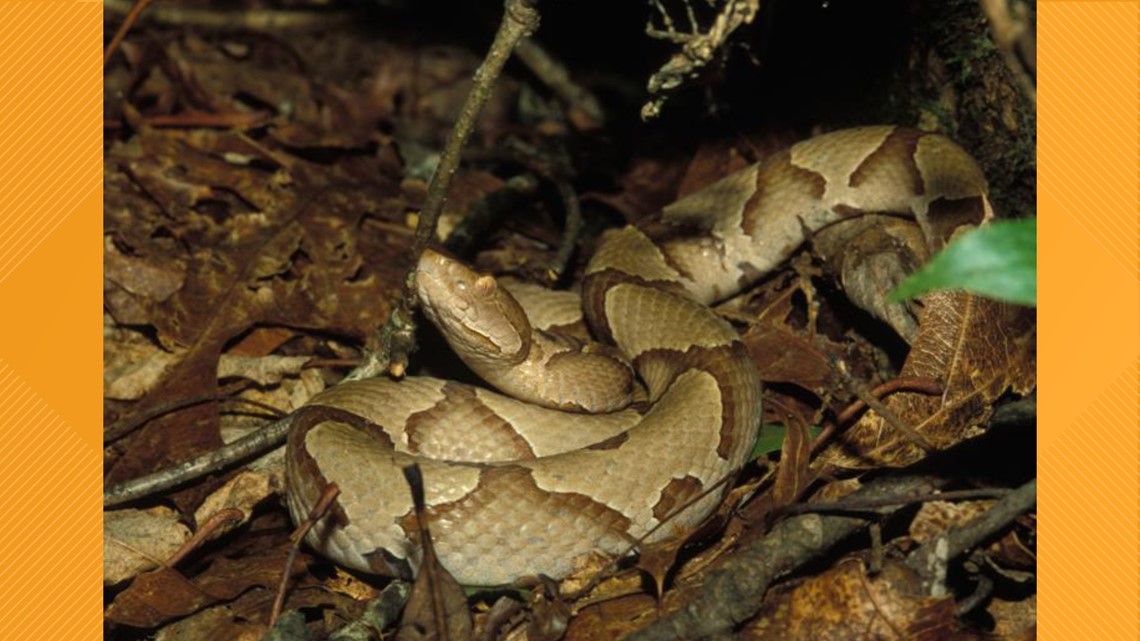



Baby Copperheads Are Being Born In Missouri Ksdk Com
Copperheads are responsible for more bites than any other venomous snake Baby copperhead bites are very painful , but less than 001% are fatal Very few cases require antivenom to neutralize the venom, but infants, the elderly, and people with compromised immune systems, are at greatest risk from complications Baby copperhead snakes are born 7 to 9 inches long with a copperhead pattern on their head and body and look very similar to the adults!Baby Copperhead snake Measures about 8 inches long Notice that the dark pattern on the back of the snake narrows at the spine Copperheads have vertical ey
The color pattern is unusually bright, but that is a juvenile broadbanded water snake (Nerodia fasciata confluensHere's a picture with similar coloration (although yours is brighter) broadbanded watersnake picture This is definitely NOT a copperhead (Agkistrodon contortrix)or a water moccasin (Agkistrodon piscivorus)The head scalation is not correct 5 Things To Look for in Identifying a Baby Copperhead The most obvious way of identifying a copperhead is shape of the dark splotch pattern running horizontally on the body The shapes are wider on the sides of the snake and skinner at the top–forming an hour glass pattern Does it have a bright yellowtipped tail? The skin pattern on a copperhead snake is easily recognizable and a great indicator of the species The skin pattern looks like repeating hourglass shapes The color of this pattern is often tan, brown or sometimes black The rest of the snake is a copper brown color, which helps the snake camouflage in places with a lot of plants
A really good picture of this is the one off to the right here This is a young venomous copperhead snake, and a lighter shade than what most people think of when it comes to copper, tan, brown, etc Notice the yellow tail on this one – a clear indication that this is a young copperhead that is less than a year old This picture also shows a pretty good "hour glass" that is really thin Baby Cottonmouths are as strikingly and vividly patterned as Copperheads, they do not become dark and lose their pattern until later in life Just because the patterns on a baby Agkistrodon are clear does not mean it is a Copperhead This is where it's important to see if the hourglasses are messy or notThe pattern is very similar to that of a copperhead with the one difference being that the copperhead does not have a pattern on the head The baby gopher snake can be cream/green, green/gray or tan with blotches in black, brown or red




Town Warns Parents Pet Owners To Watch Out For Baby Copperheads Connecticut News Wfsb Com




How To Identify A Baby Copperhead Snake 10 Key Features Survival Freedom
It's 'baby copperhead season' — what to know about NC's most common venomous snake New Orleans man gets nearly $30,000 returned to him after it was seized by DEA agents at the airport Although the copperhead has distinctive patterns, their skin can vary in shades to best camouflage themselves to their environment A bite is possible even from baby copperheads;Identifiable by their yellow tipped tail The snake fangs, once piercing the skin, allow the flow of venom into their prey or another unwilling victim
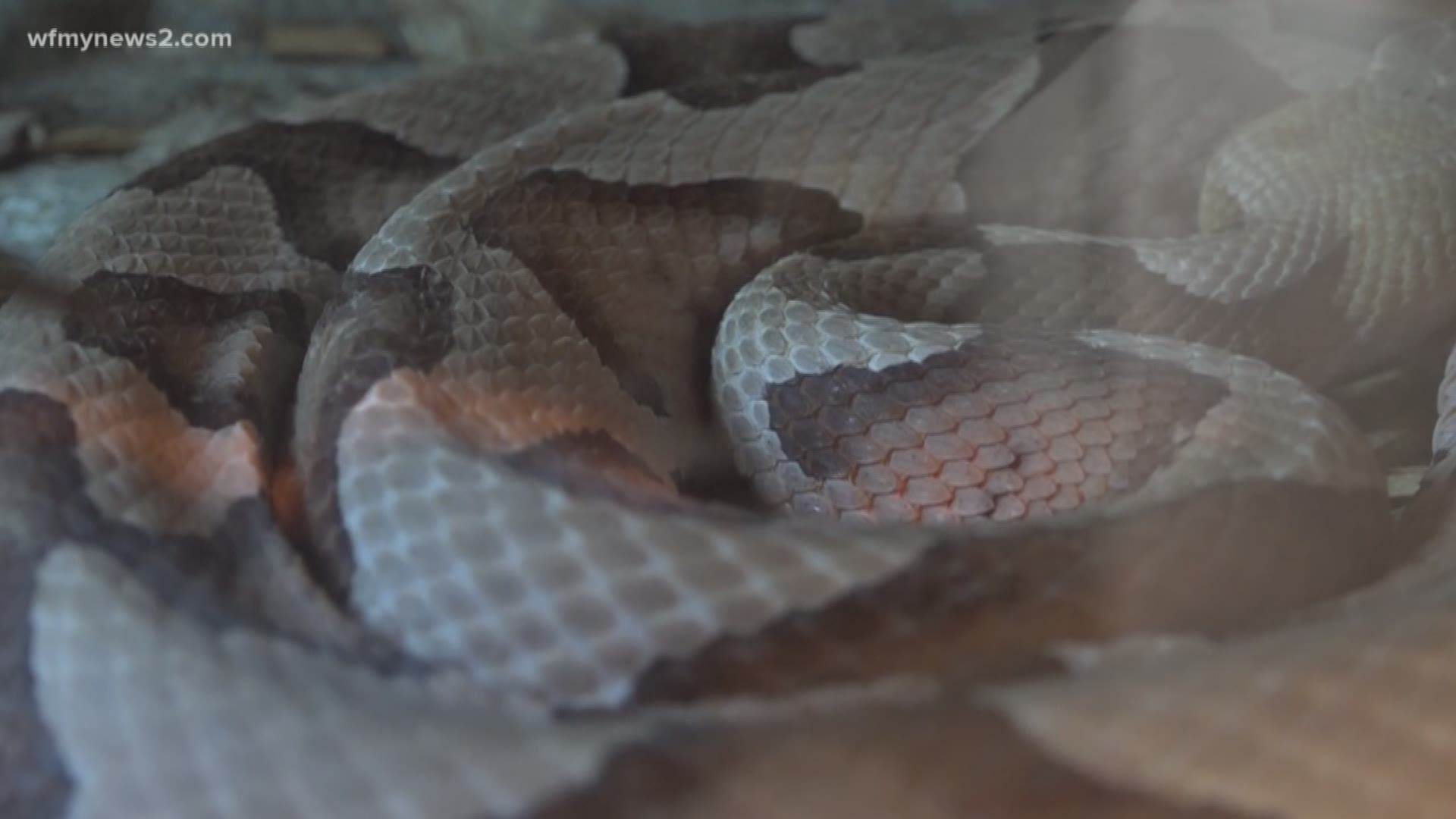



Watch Out For Baby Copperhead Snakes Wfmynews2 Com




Carolina Waterfowl Rescue A Lot Of Baby Rat Snakes Are Mistaken For Baby Copperheads Because Of Their Different Pattern The Copperheads Are The Only Common Venomous Snake We Have In The
Just like the copperheads, the Eastern Hognoses are short and thick But, with erratic patterns that are not uniform like the copperheads Northern Water Snake Unlike copperheads, Northern Water Snakes have thick and dark spinal bands that narrow towards the belly They might also come with broken bands, unlike copperheads that have uniform About half of all copperhead bites result in only mild swelling and pain, according to the center Call the Carolinas Poison Center at 1800Northern Water Snake Northern Copperhead neonates (newborns) and yearlings These young copperheads have the same pattern as the adults the hourglass pattern However, they have one extra feature a greenishyellowtipped tail!




Baby Copperheads How To Identify Them And Get Rid Of Them
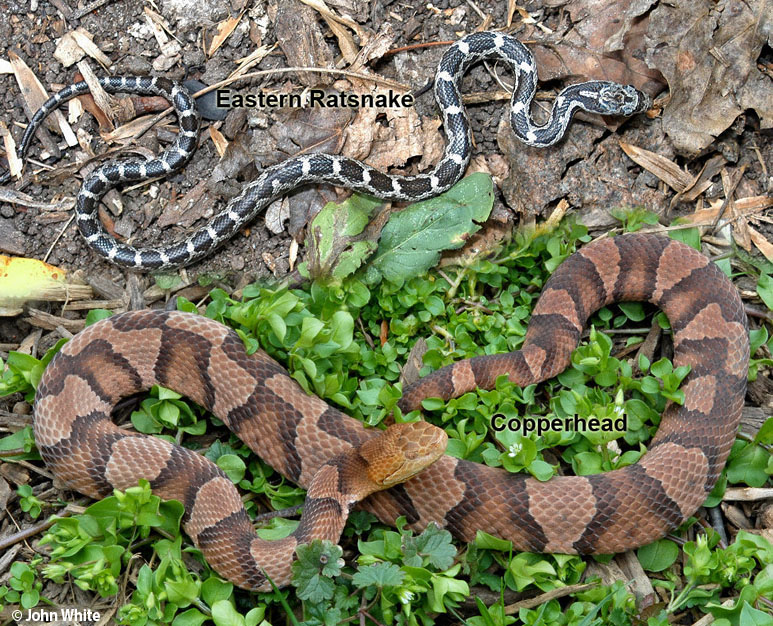



Copperheads And Similar Looking Harmless Species
Pale pinkish or orangishtan bodies, which lighten as they get older The color pattern is unusually bright, but that is a juvenile broadbanded water snake (Nerodia fasciata confluensHere's a picture with similar coloration (although yours is brighter) broadbanded watersnake picture This is definitely NOT a copperhead (Agkistrodon contortrix)or a water moccasin (Agkistrodon piscivorus)The head scalation is not correctOther than the dots, there is no pattern on the heads of copperhead snakes The body of a copperhead is usually a light tan or slightly pink color Sometimes baby copperheads are grayer than adults, but turn the more brownish color as they age Along the back of the snake are dark brown or reddishbrown markings




How To Identify The Copperhead Sciencing
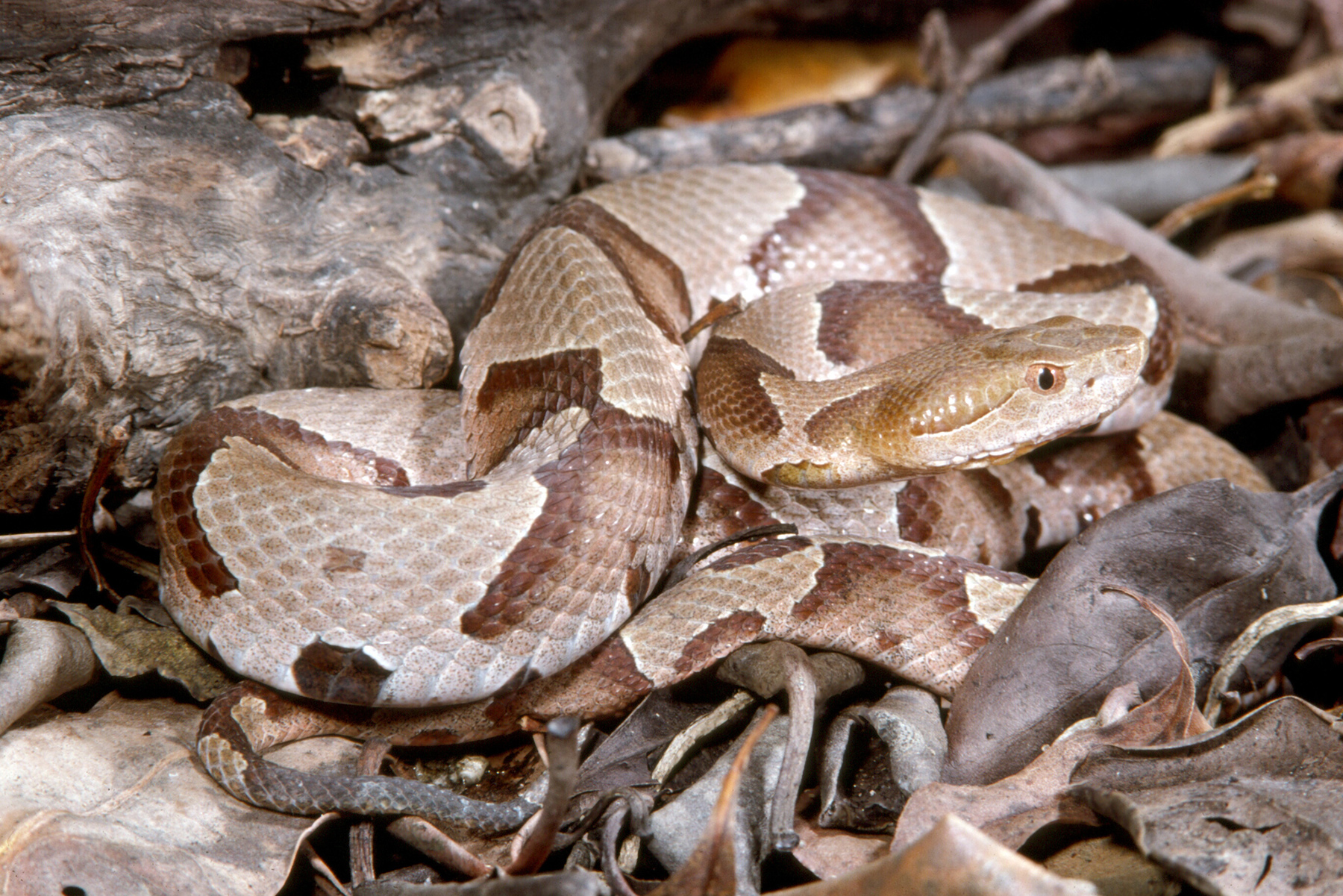



Eastern Copperhead Florida Snake Id Guide
Skin Pattern and Markings As their name suggests, the defining characteristic of a copperhead snake is its color Copperheads have Patternless heads, ranging from dull burnished gold to a rich redbrown, depending on subspecies;What baby snake has a green tail? At first glance, common watersnakes ( Nerodia sipedon) look like they have a similar pattern to copperheads, but look closer The Hershey Kisses are upside down These shapes look more like saddles As you might expect from their name, watersnakes spend a lot of their time in the water;
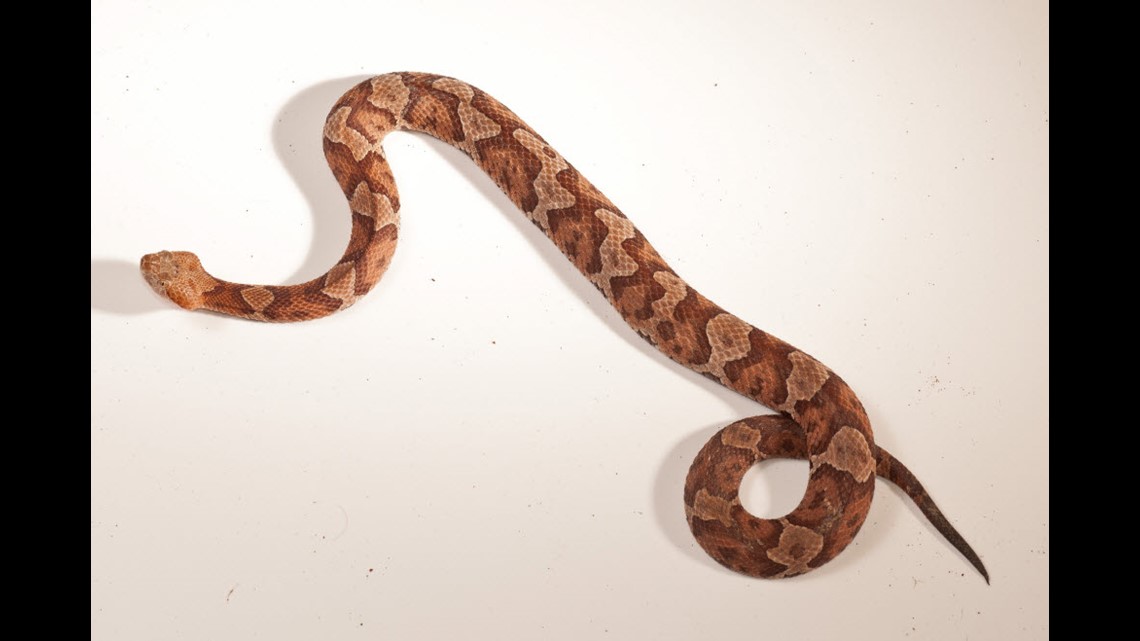



A Guide To Ohio S Snakes Wtol Com
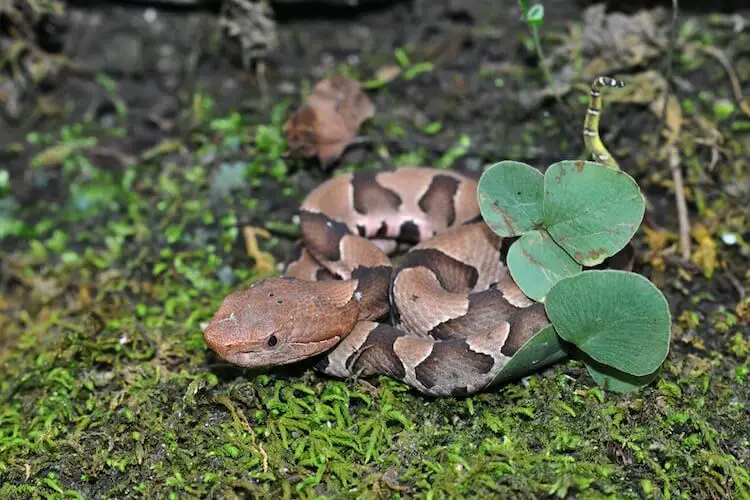



7 Ways To Identify Prevent Remove Baby Copperhead Snakes Everything Reptiles
With their help, the baby copperheads grow quickly as they find food easily After a year their tails become dark black or brown 2 Look for an hourglasses pattern These snakes have a characteristic pale pinkishtan and their heads are copper in color A distinct uniform pattern that resembles a dark hourglass could be observedThe Northern Copperhead, found generally around the Appalachian Mountains and surrounding regions, has a pinkishbrown to tan coloured body arranged in an hourglass pattern, with dark spots and a dark underside The Southern Copperhead can be found in over half the states in America It is paler than its Northern counterpart, and has a lighterBaby copperheads have a grayish coloration, and the tips of their tails are sulfuryellow This yellow color gradually fades as the snake grows older The baby copperhead uses "caudal luring" to wave its yellow tail tip to attract insects Baby copperhead snakes have a diamondshaped head, just like the adults
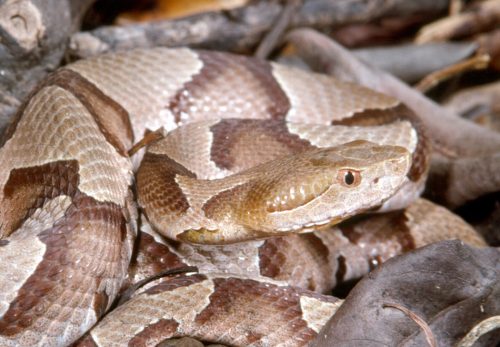



Eastern Copperhead Florida Snake Id Guide
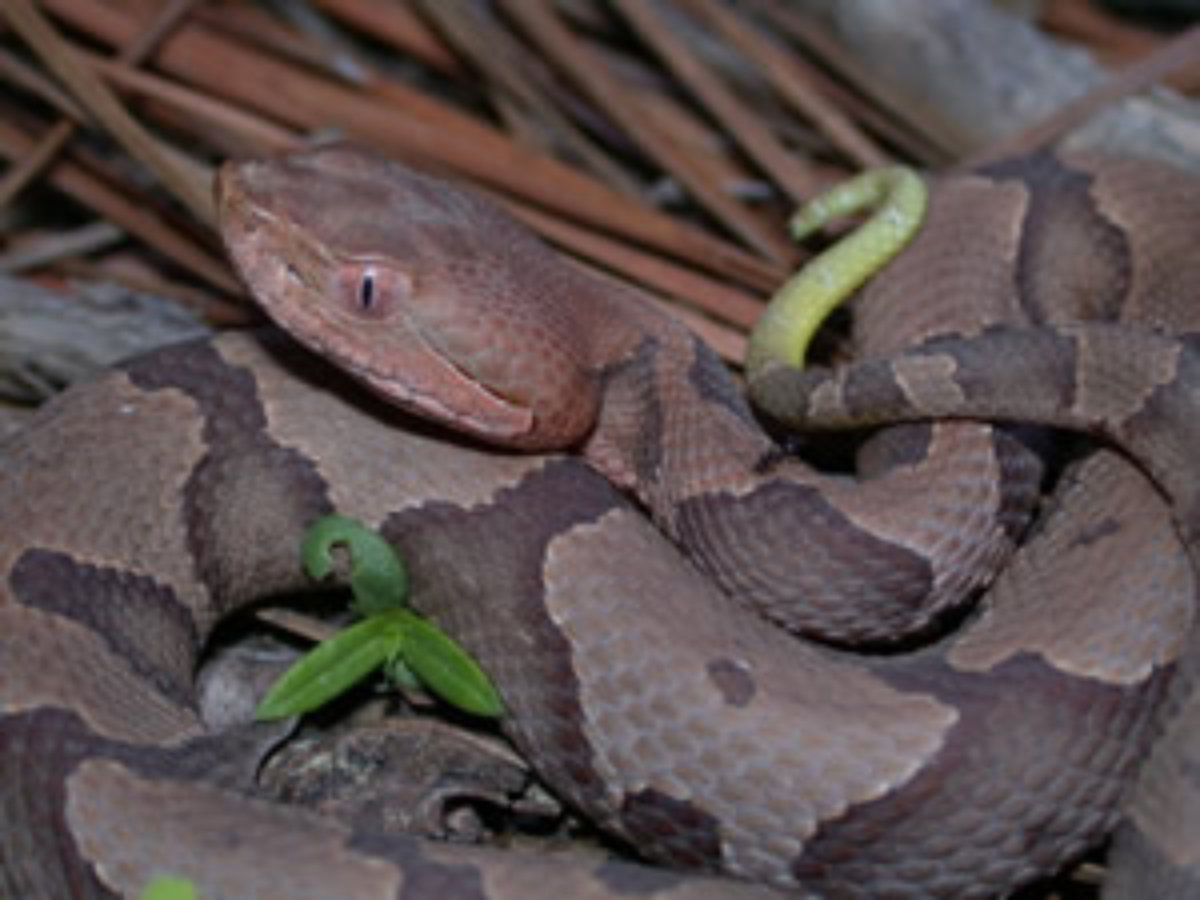



Baby Copperheads Are Out Walterboro Live
An adult copperhead's average length ranges between 2 to 3 feet but can reach 4 feet Since the copperhead is a pit viper, you'll notice a very distinctive triangularshaped head Some people call it an "arrowheadshaped" head These wider parts of the head allow for space to fit the snake's fangs and venom glands Pattern andOther Giveaways That identify a Baby Copperhead Look at the eyes Copperhead snakes have a slit in their eyes, one that can be likened to a cat This is a distinguishing feature that not all types of snakes have, and that can help to set a baby copperhead snake apart from some of its most common counterparts There is a good chance that the snake in question could be another variety, like a corn snake or water snake But if it's a copperhead, you should consider having them removed In August and September, the baby copperheads do arrive, but they often move on if there isn't a good food source




How To Identify A Copperhead Snake What Do They Look Like Exopetguides




When Are Baby Copperheads Born And Are They More Dangerous Raleigh News Observer
The average adult Eastern Copperhead is 2236 inches long (5691 cm) in total length This snake is stoutbodied with a distinctive hourglass pattern of broad light brown and dark brown crossbands The coloration of juveniles is similar to adults, except that the tail tip of newborn copperheads is bright sulfur yellowBaby copperheads look almost the same as adult copperheads in pattern and coloring, but may have a yellowcolored tail or dark head at birth Also, young copperheads may be more gray in color than adult copperheadsAny snake hook needs to be at least 3 feet (about a meter) long so you don't have to get too close to the snake To remove a baby Copperhead, gently place the pointed end underneath the baby snake Lift the snake quickly so it is unable to slither away You can make the snake want to hold on to the hook by gently vibrating it
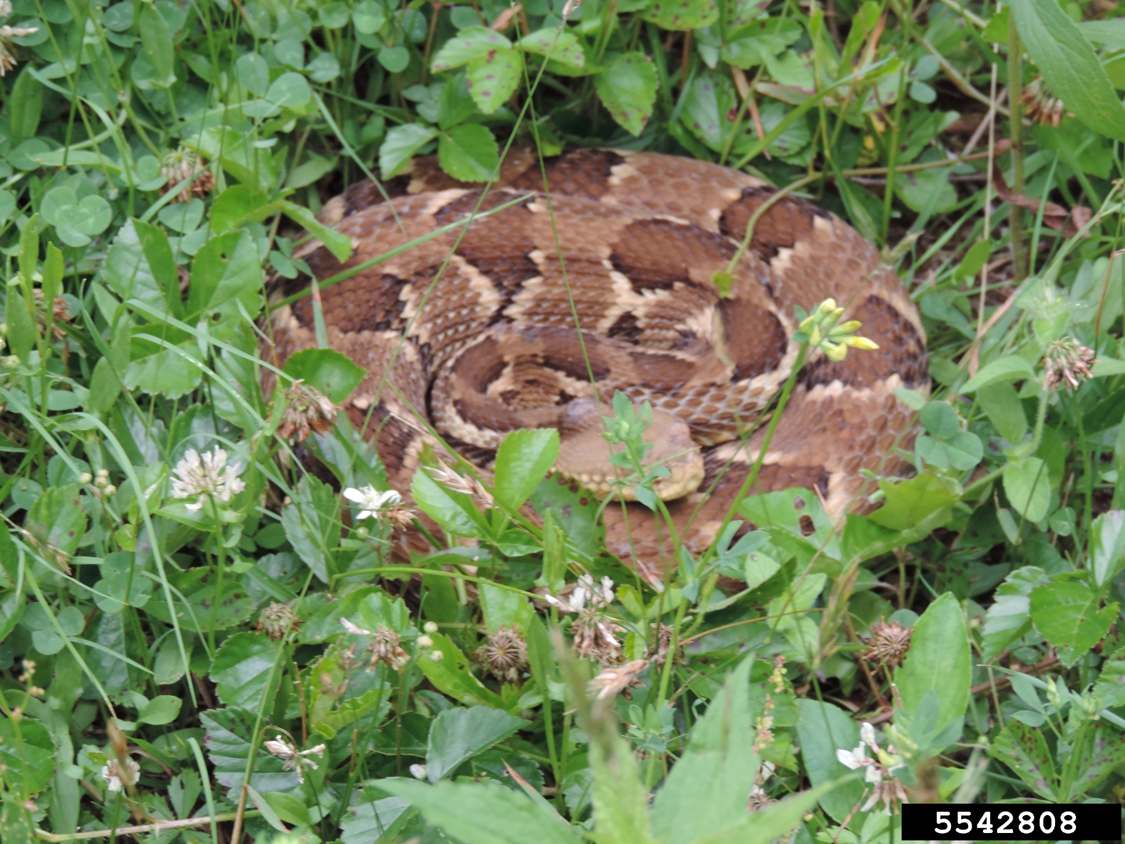



Identifying Copperhead Snakes Home Garden Information Center




How To Identify A Baby Copperhead Snake 21 Pictures
The Copperhead snake is a member of the pit viper family They are easily identifiable by their hourglassshaped markings and reddish heads This snake is native to eastern America and northern Mexico so they can thrive in many different ecosystems forests, prairies, canyons, and rocky waterwaysBaby copperheads are often mistaken for nonvenomous snakes like water snakes, rat snakes, and corn snakesEven though they are an easily camouflaged species of snake and can be quite hard to spot, there are certain things you can look for when you are trying to identify these little babies First of all, while these baby snakes look very similar to adult copperheads as they both sport The baby black racer snakes have a pattern that can be quite confusing with the copperhead pattern Though the black racer snake pattern is not a distinct hourglass pattern, it still looks similar unless you observe it closely As they grow, the pattern fades 5 Mole king snake – The baby mole king snake also has patterns similar to that of
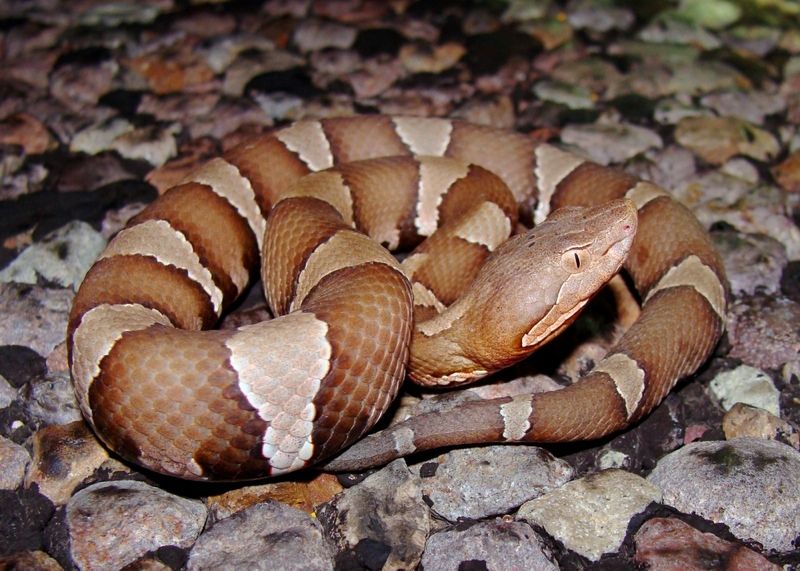



Fact Or Fiction Test Your Knowledge About Snakes Live Science




Copperhead Snakes Engage In Nightly Summertime Feeding Congregation
Copperheads are born with a bright green or yellow tail that they use to catch their prey when they are young The baby snake will sit in the grass and put the tip of its tail in the air and wiggle it back and forth so that it resembles a worm, and then wait for a small frog to come eat the "worm"! You can see that the water snake has a wide variation of color patterns, just like the copperhead;A baby copperhead is born with fangs and venom An adult copperhead snake injects more venom than a baby snake Baby copperhead's fangs are smaller 12 to 72 mm in length and inject smaller amounts of venom the smaller the snake, the smaller the fangs and venom quantity
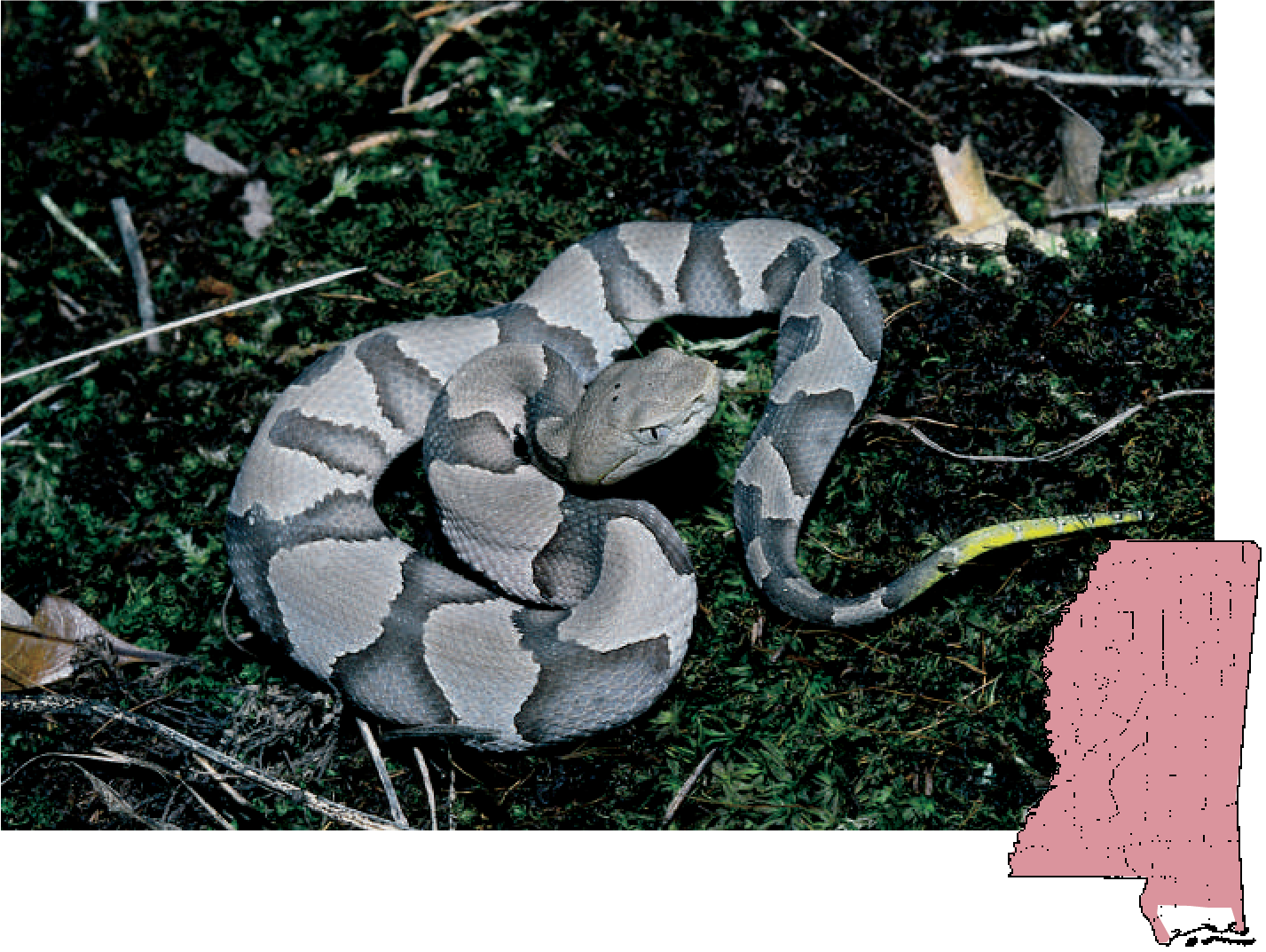



Mdwfp Venomous Snakes Of Mississippi
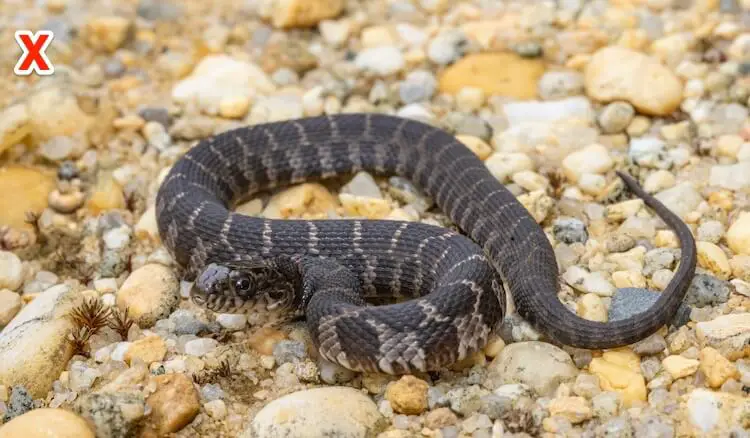



7 Ways To Identify Prevent Remove Baby Copperhead Snakes Everything Reptiles
Baby copperheads often have a bright yellow tail tip This is an incredibly unique trait and that alone should make you assume the snake is indeed a venomous copperhead Don't get cute with this identifying marker If it looks faint yellow, or yellowgreen, or whatever, assume it's aThe copperhead snake is one of the most widely known and feared animals in the Eastern US, but very few people know the truth about their behavior and ecolog Copperhead Vs Corn snake A lot of people have hard times telling tiny color differences – especially the colorblindHowever, it is important to tell the difference between a harmless and harmful snake The corn snake is a very brightly colored snake that is "redder" than the copperheadWhile the back pattern of a copperhead at first glance is similar, studies show
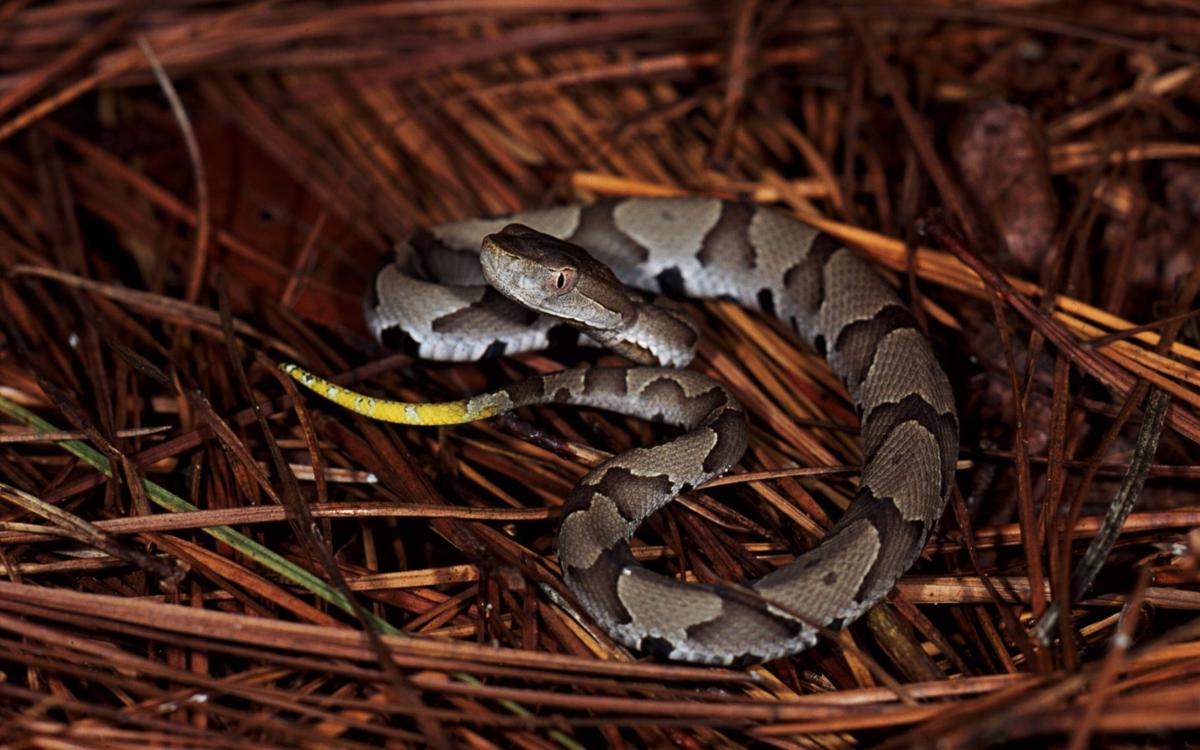



Yellowtails Bright Tip On A Juvenile Snake Id S It As A Pit Viper Copy Sports Timesleader Net



Copperhead On Grounds Animal Keeper Blog
However, they do not have hour glass shaped bands, and they have the physical characteristics of nonvenomous snakes (eyes, head scale pattern, vent scales, eye etc) Their bands go all the way across and are usually much thicker than theHowever, young copperheads will be greyer and have a bright yellowcolored tail It's very important if you come across a baby copperhead in the wild not to touch it as it can be poisonous "maybe not asThe last inch or so of young copperheads is a different color and used as a lure to




Baby Copperheads Are Being Born In Missouri Ksdk Com




Copperhead Vs Rat Snake What Is The Difference Animal Hype
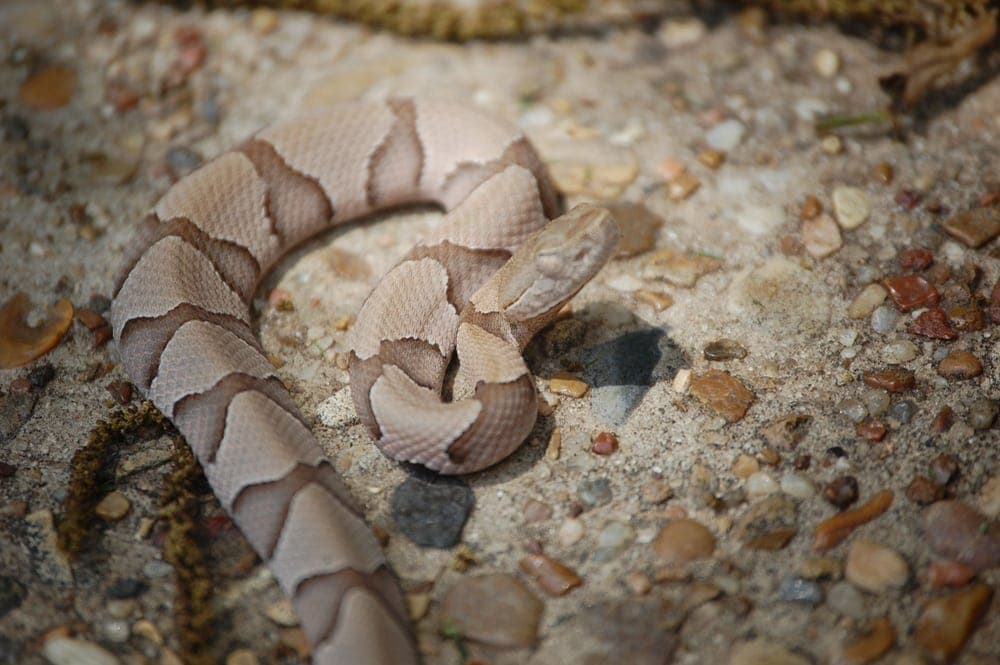



How To Identify A Baby Copperhead Snake Petsoid




Child Bitten By Copperhead In Orangeburg Experts Provide Advice About Snake Bites Local Thetandd Com




Tiny But Deadly The Baby Copperhead Youtube
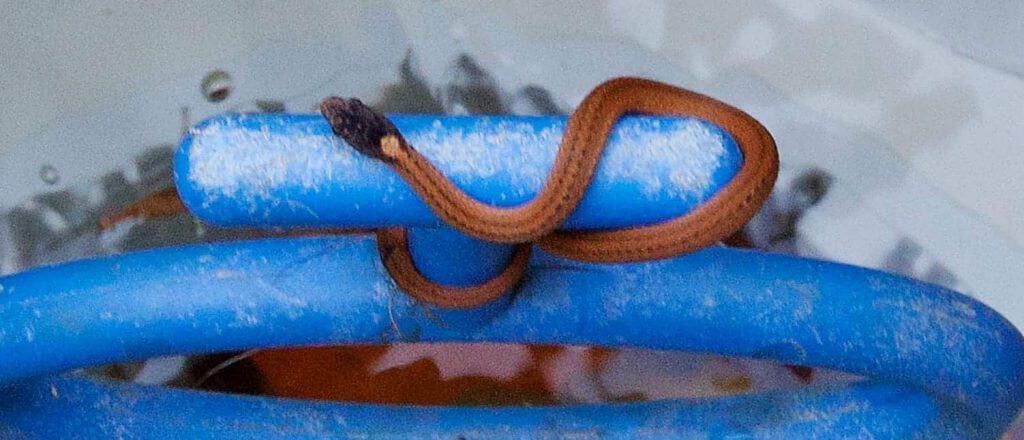



Baby Copperhead Snake Identification Guide Look For These 5 Things Embora Pets




Baby Copperhead Snake
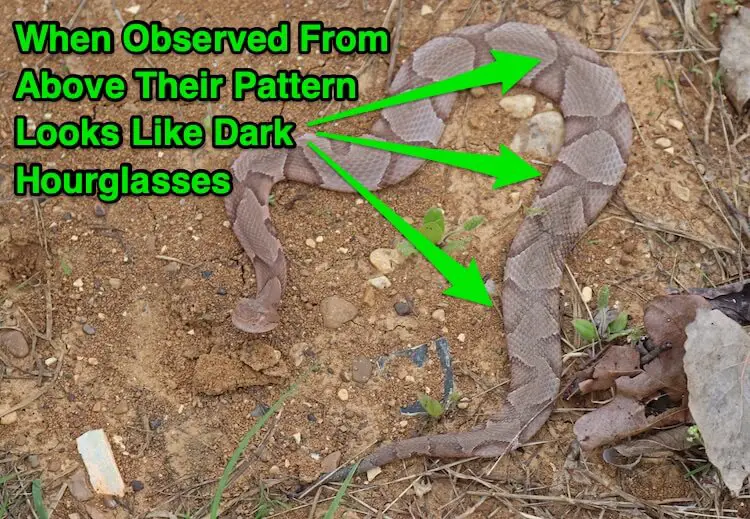



7 Ways To Identify Prevent Remove Baby Copperhead Snakes Everything Reptiles




5 Ways How To Tell The Difference Between Cottonmouths Water Moccasins And Copperheads Living Alongside Wildlife
/cloudfront-us-east-1.images.arcpublishing.com/gray/3LCL3M5K5FL25GEDOCMZNVHKEM.png)



4 Kids Bitten In 8 Days What To Know About Copperheads
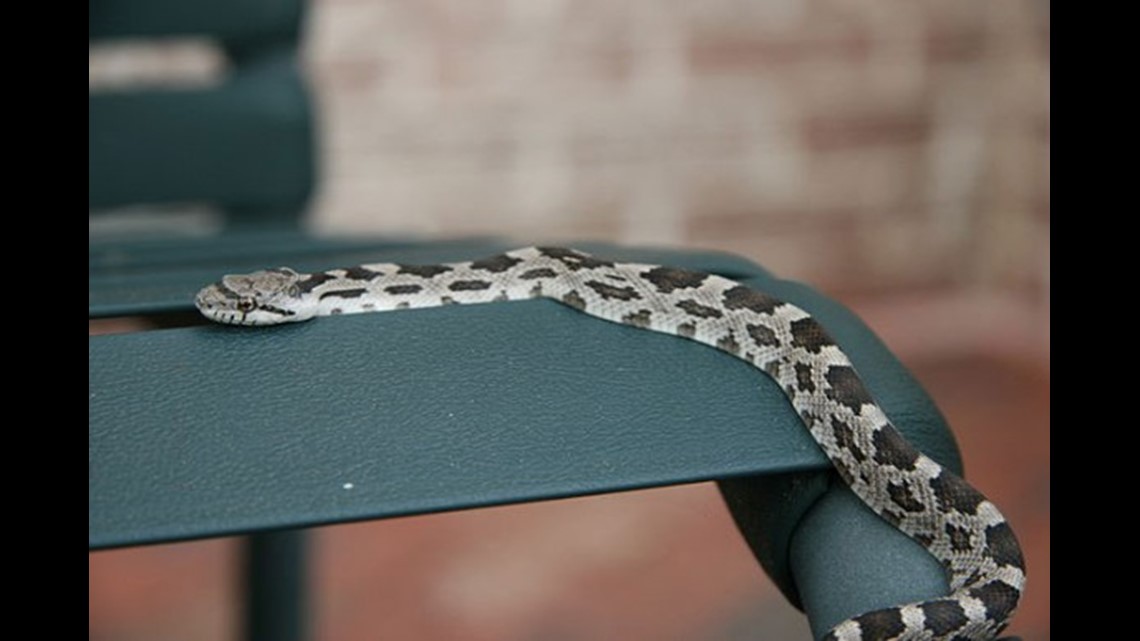



Watch Out For Baby Copperhead Snakes Wfmynews2 Com



1
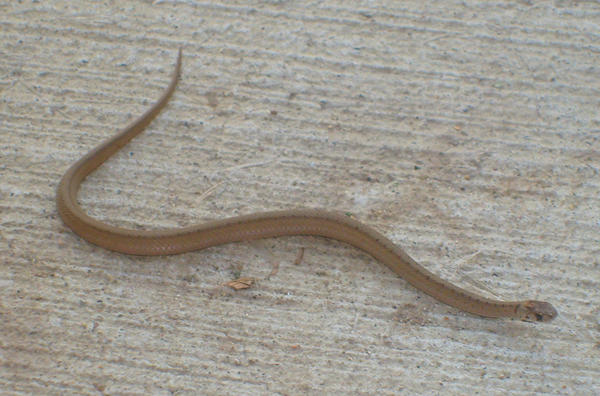



Baby Copperhead Snake 2 By Rubyfire14 Stock On Deviantart
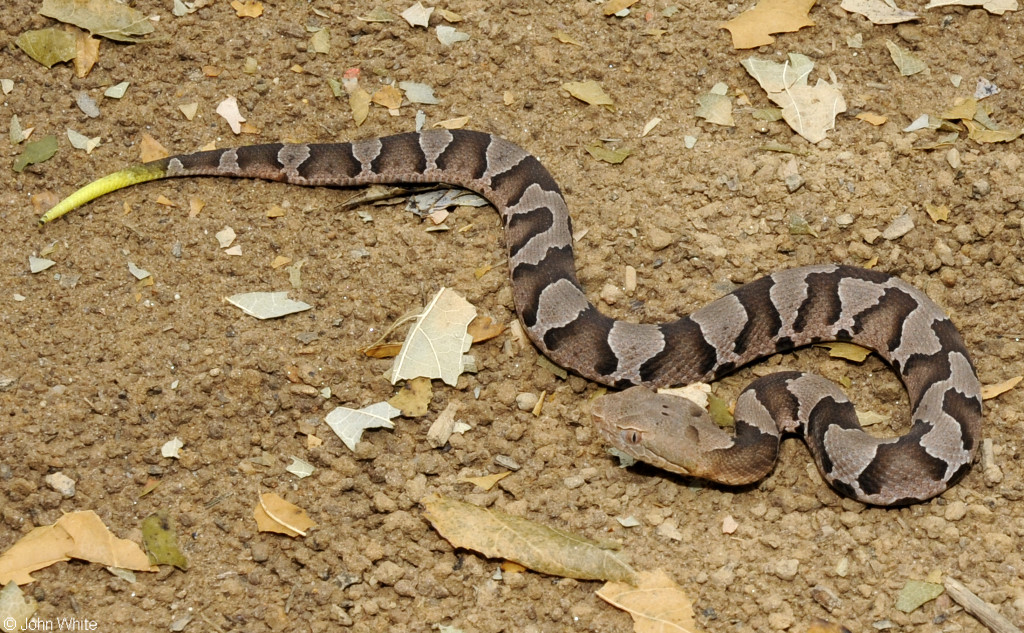



Copperheads And Similar Looking Harmless Species
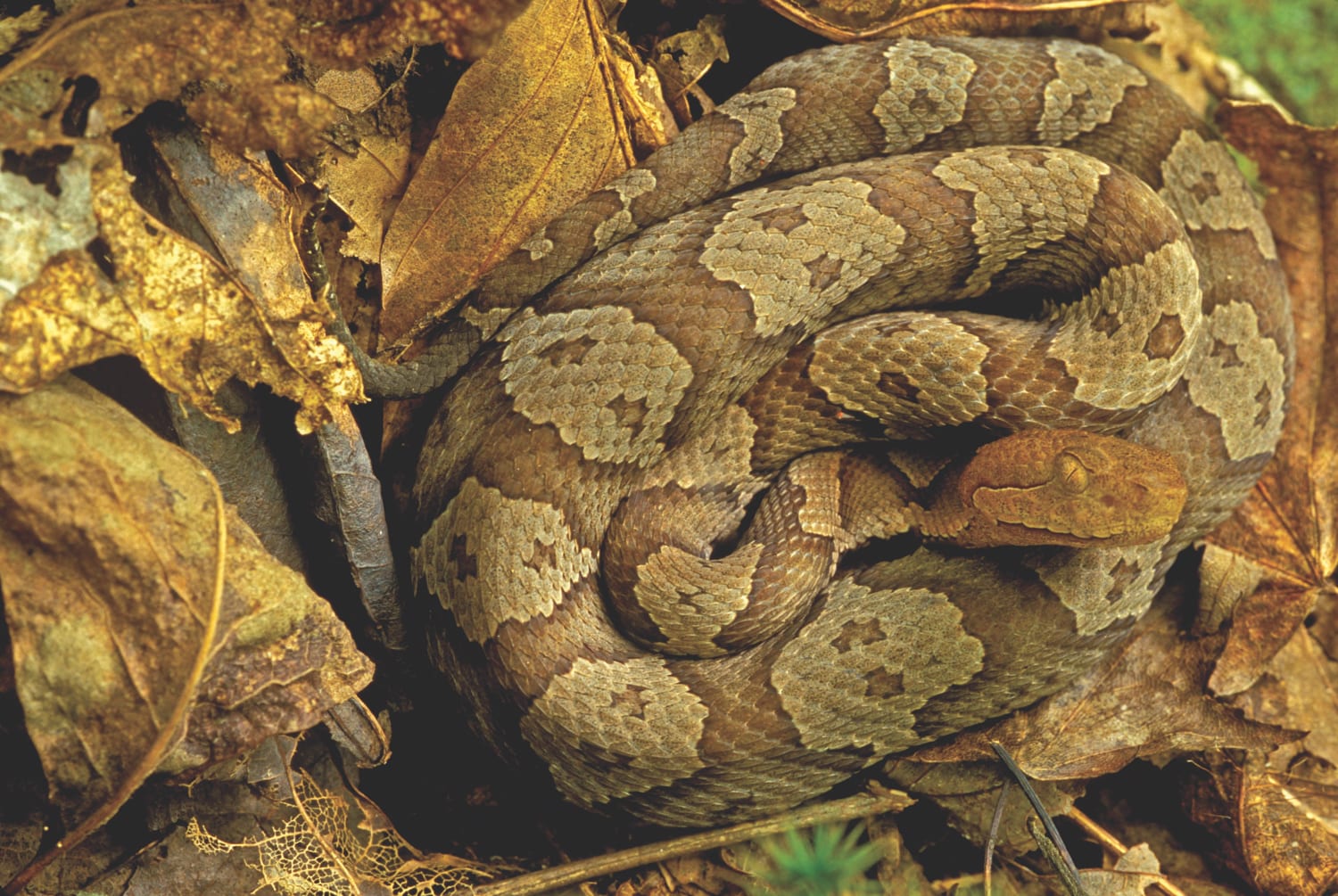



Identification And Control Of Snakes In Alabama Alabama Cooperative Extension System
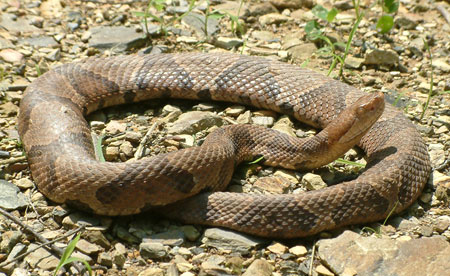



Maryland Snakes Order Squamata




How To Identify A Baby Copperhead Snake 10 Key Features Survival Freedom
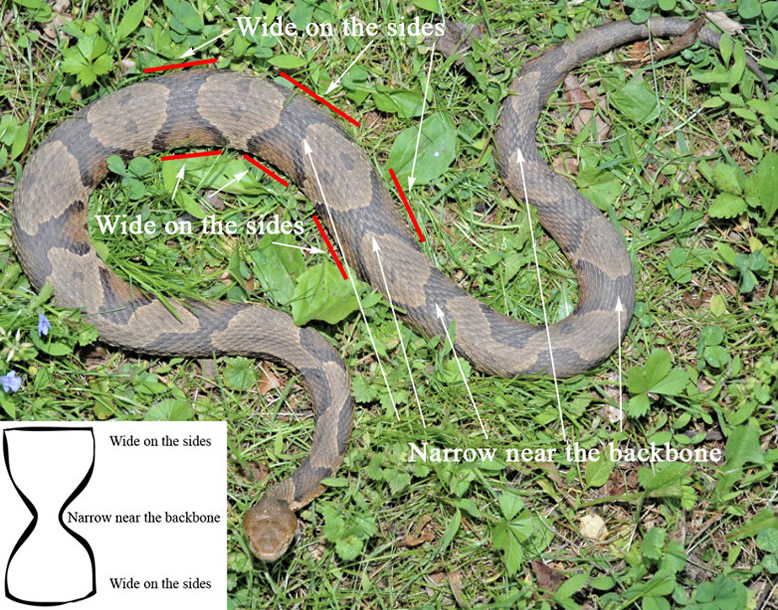



Copperheads And Similar Looking Harmless Species
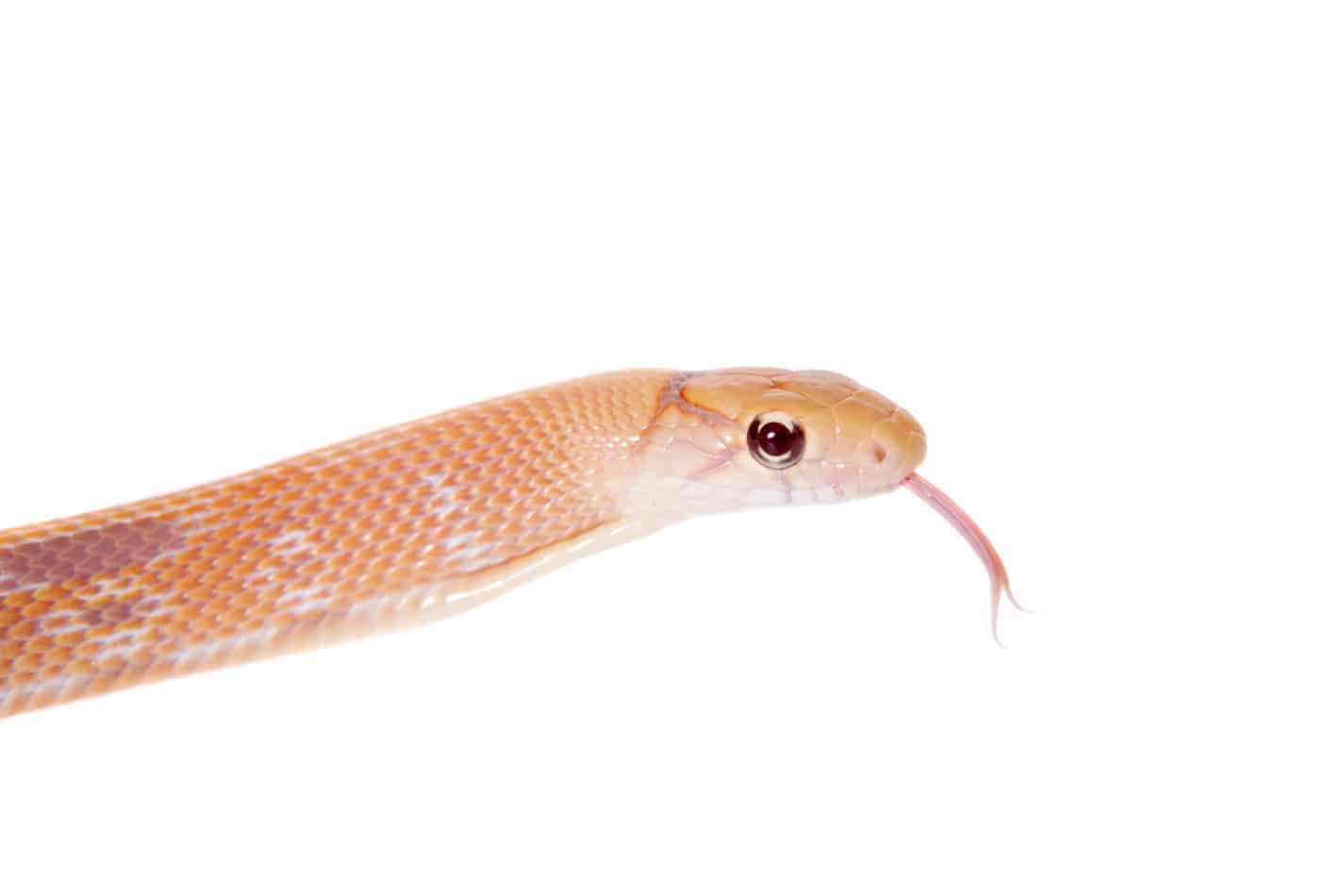



Baby Copperhead Snake Identification Guide Look For These 5 Things Embora Pets
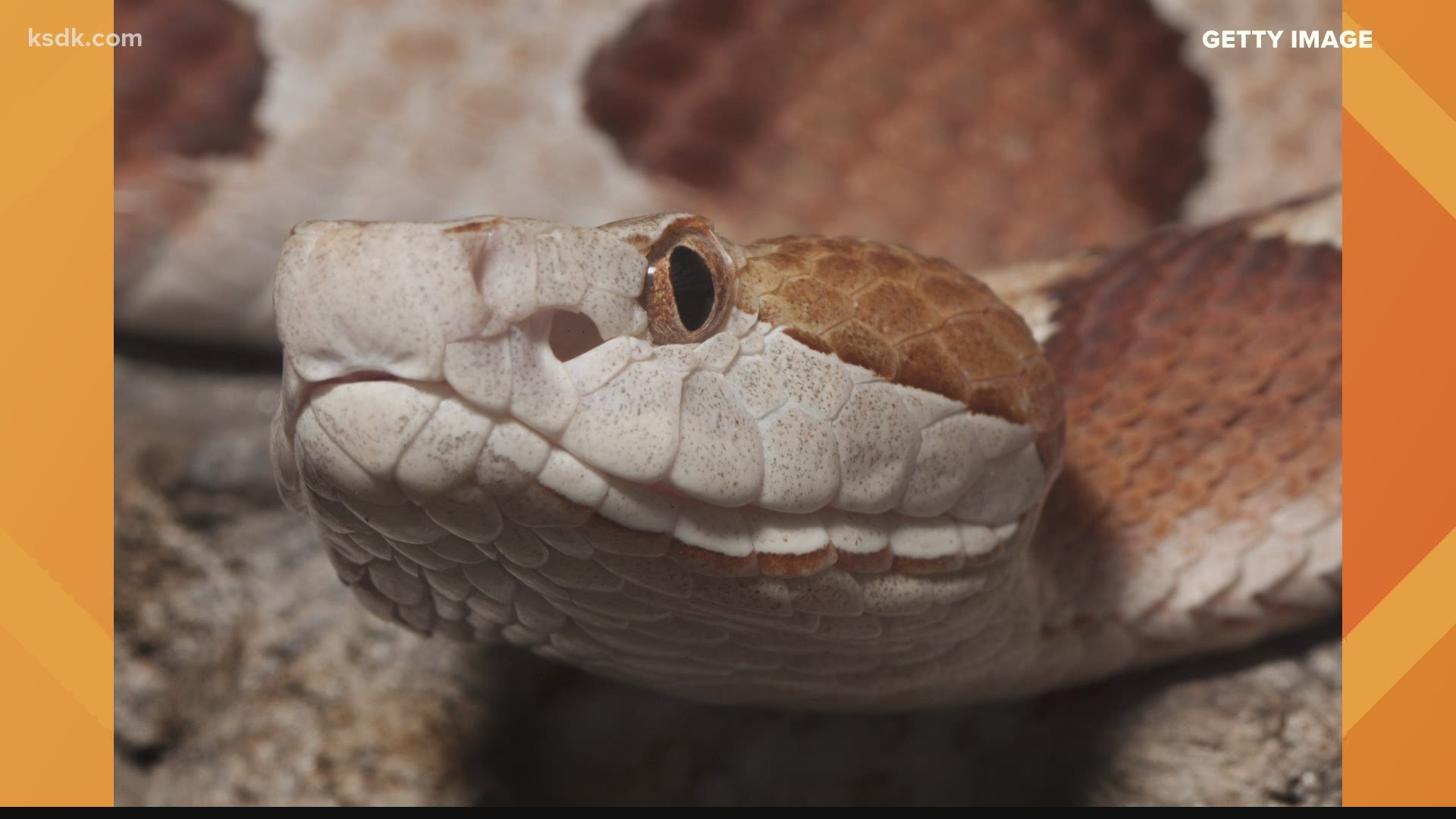



Baby Copperheads Are Being Born In Missouri Ksdk Com




Are Baby Copperheads Poisonous Explained Reptile Area
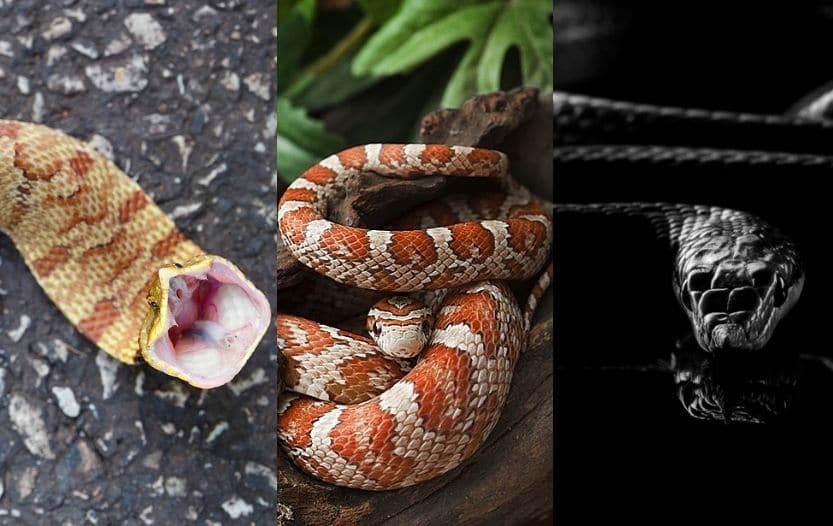



Copperhead Snake Look Alikes Snake Identification Defiel




When Are Baby Copperheads Born In Nc Are They More Dangerous Raleigh News Observer




Identifying Copperhead Snakes Home Garden Information Center
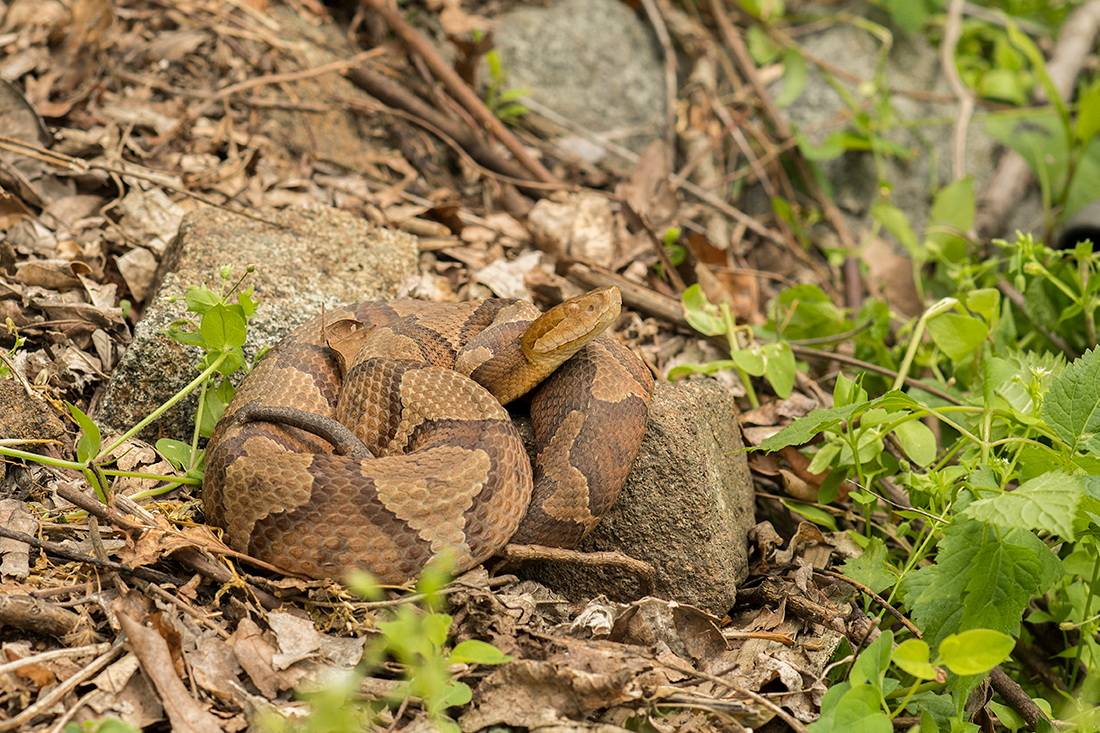



Fs13 Northern Copperheads In New Jersey Rutgers Njaes




How To Identify Snakes In Sc Nc Ga
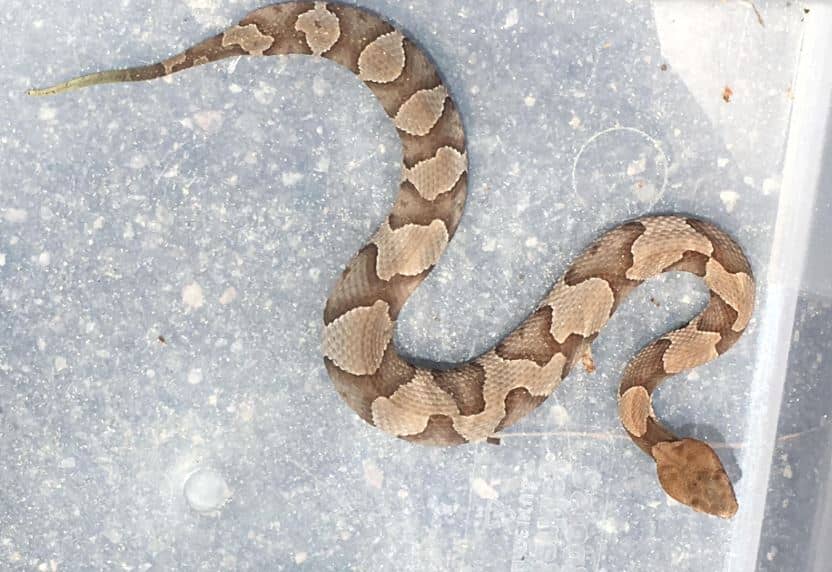



How To Identify A Baby Copperhead Snake 21 Pictures
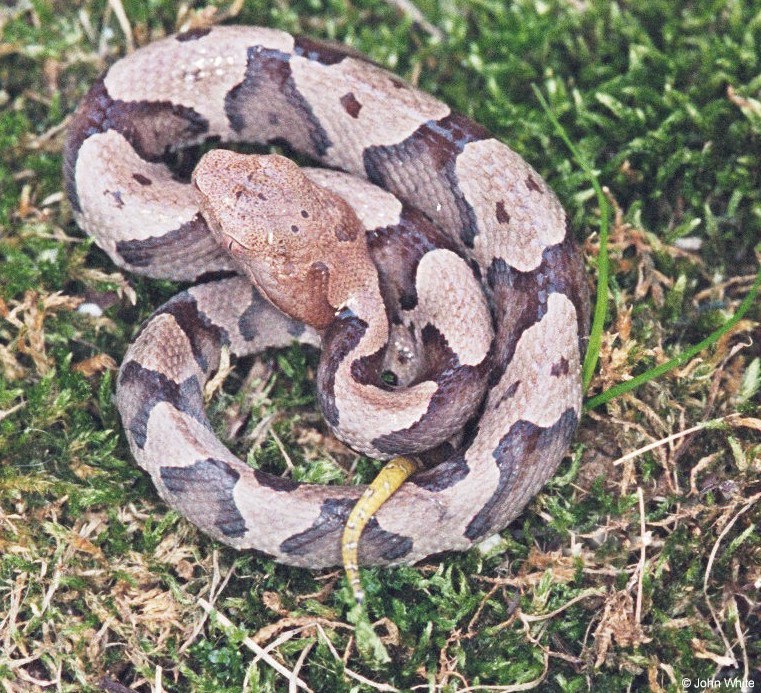



Copperheads And Similar Looking Harmless Species




Baby Copperheads How To Identify Them And Get Rid Of Them
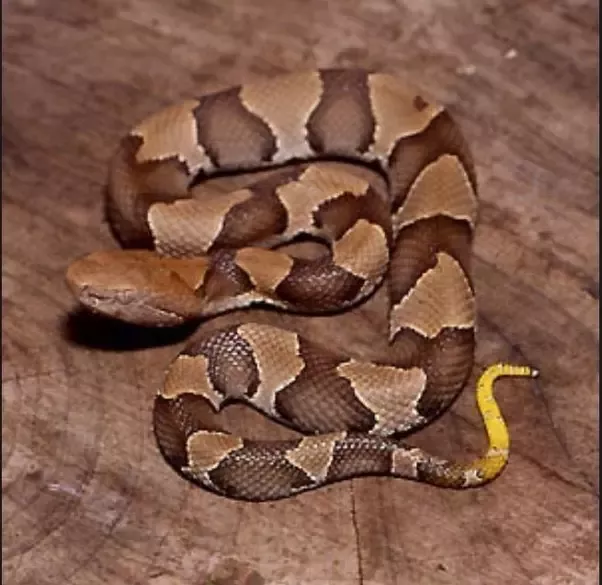



How To Identify A Baby Copperhead Snake Quora




Identifying Copperhead Snakes Home Garden Information Center
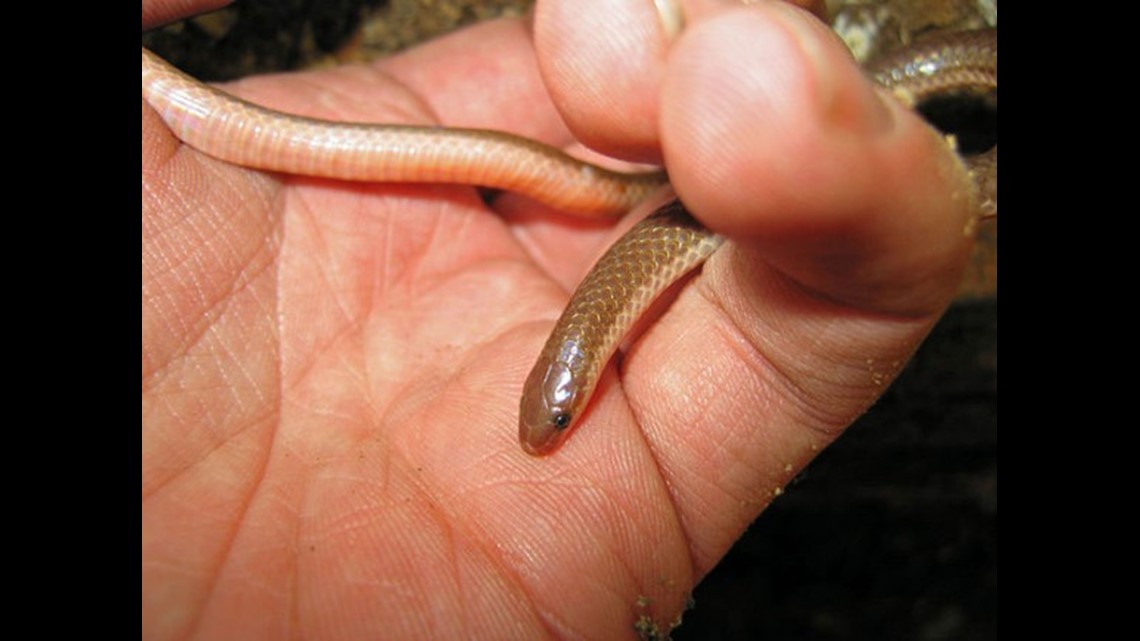



Watch Out For Baby Copperhead Snakes Wfmynews2 Com
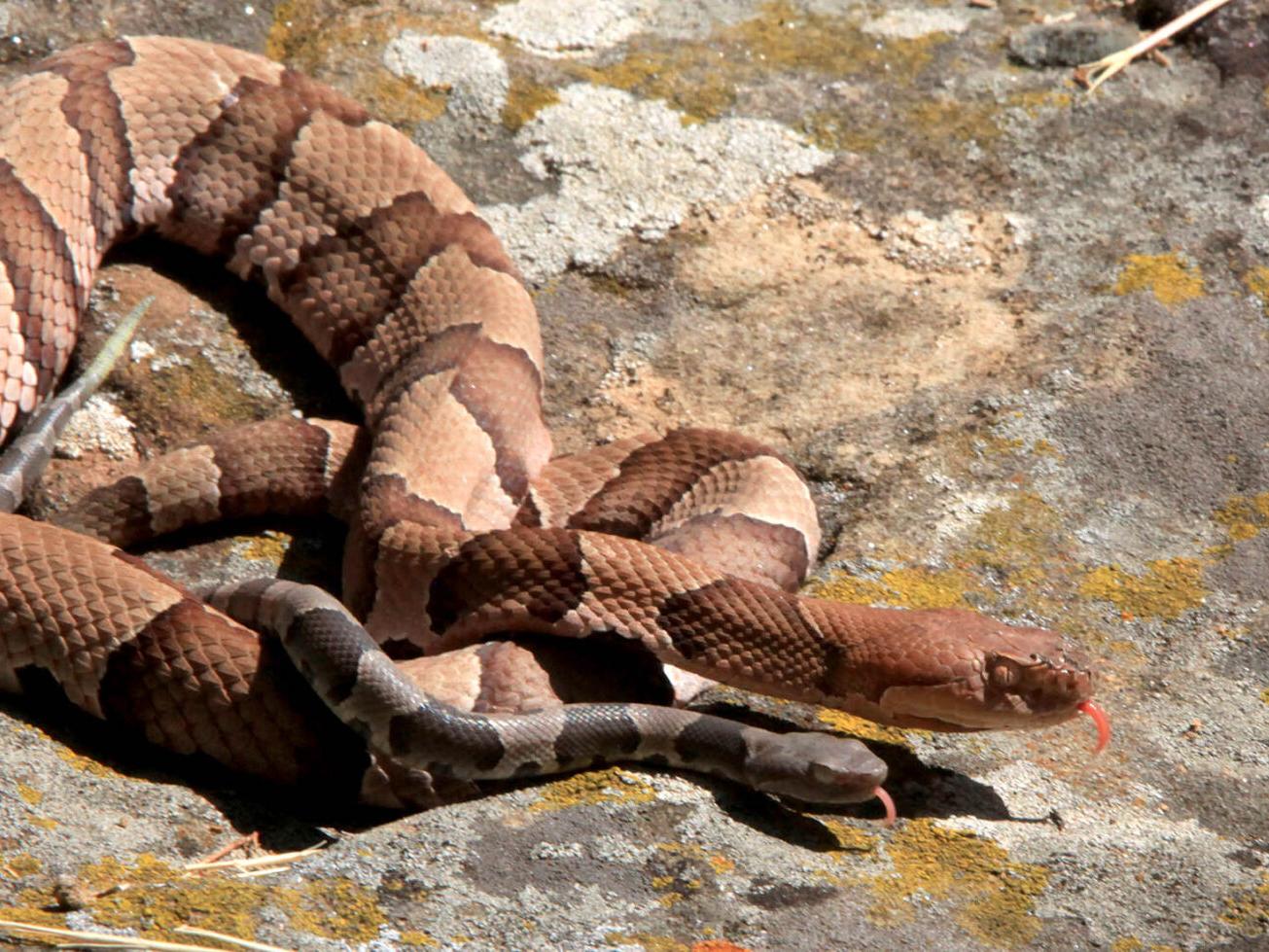



Snakes Alive Copperhead Other Snake Encounters More Likely As Days Shorten Weather Cools Local News Tulsaworld Com
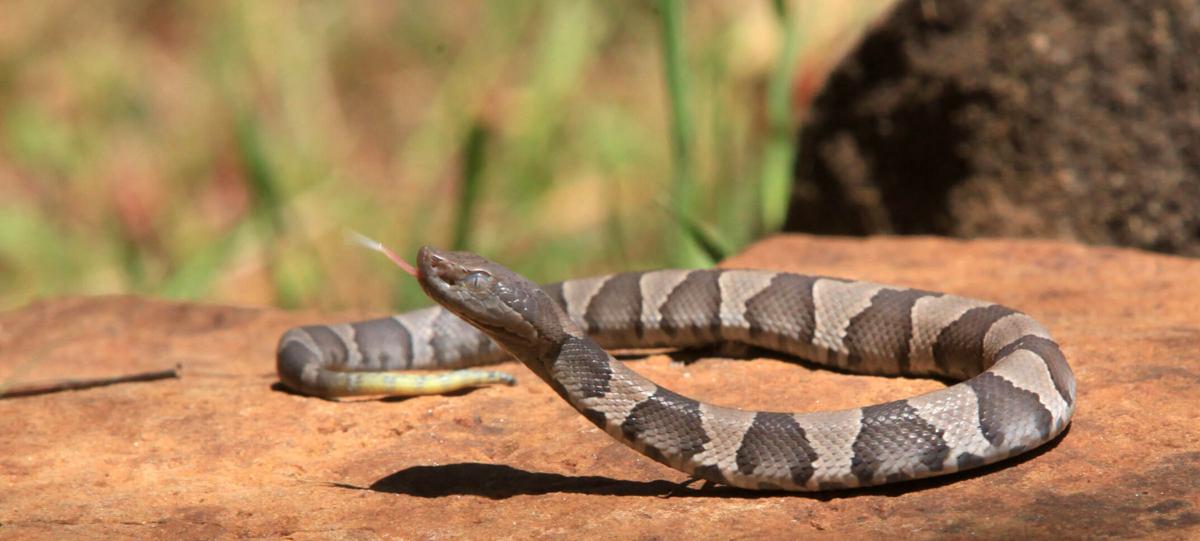



Snakes Alive Copperhead Other Snake Encounters More Likely As Days Shorten Weather Cools Local News Tulsaworld Com
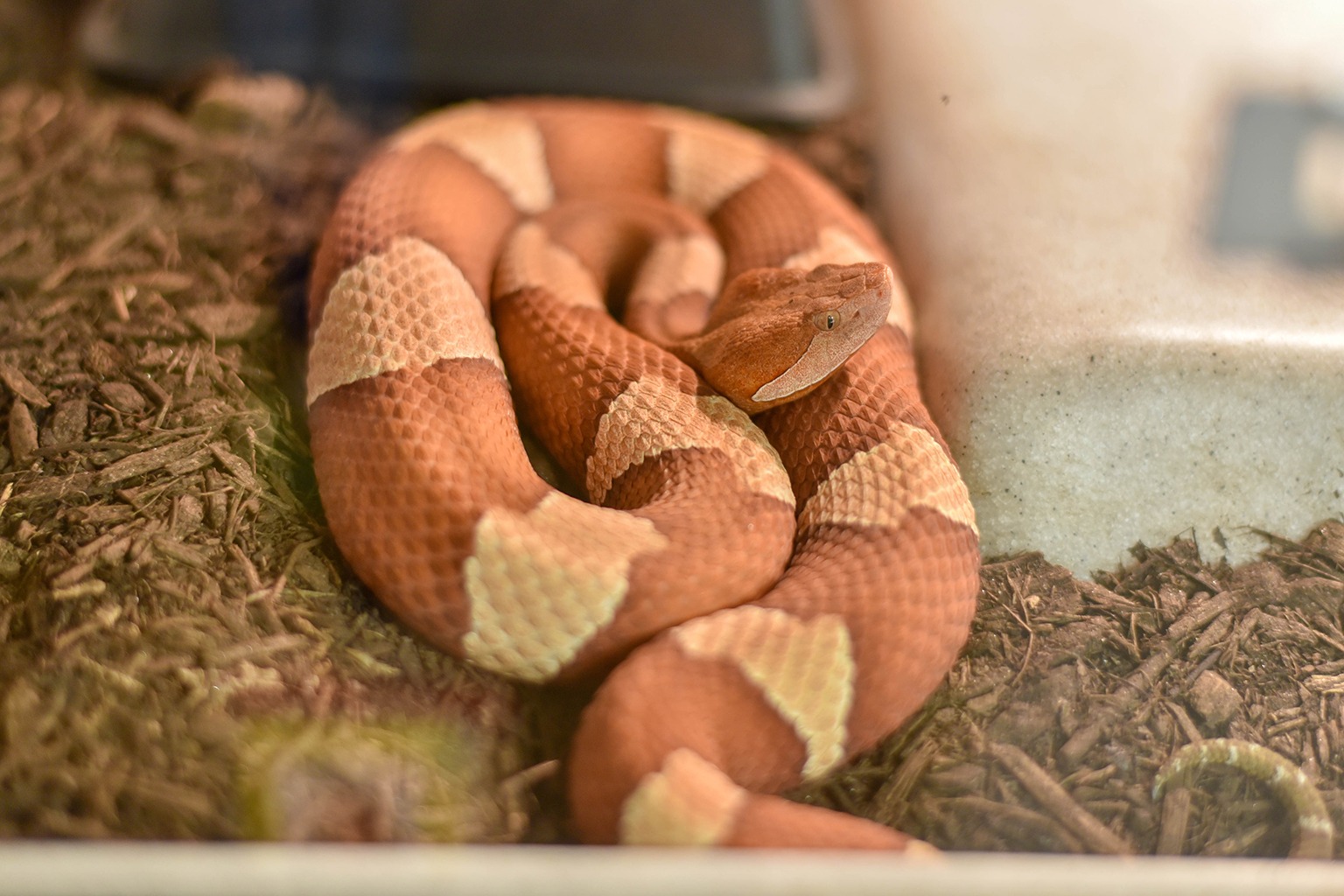



Northern Copperhead The Maryland Zoo
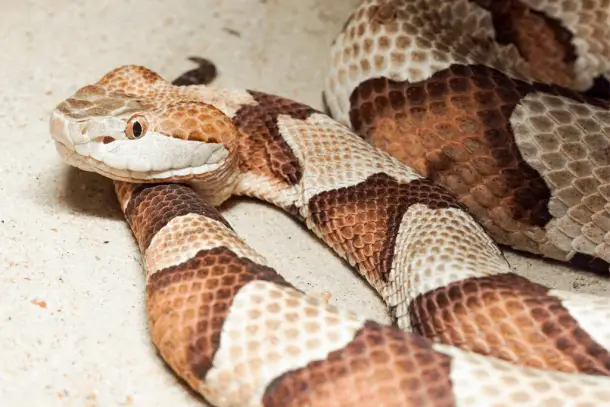



What Do Baby Copperhead Snakes Look Like Reptilia Planet




Baby Copperheads How To Identify Them And Get Rid Of Them
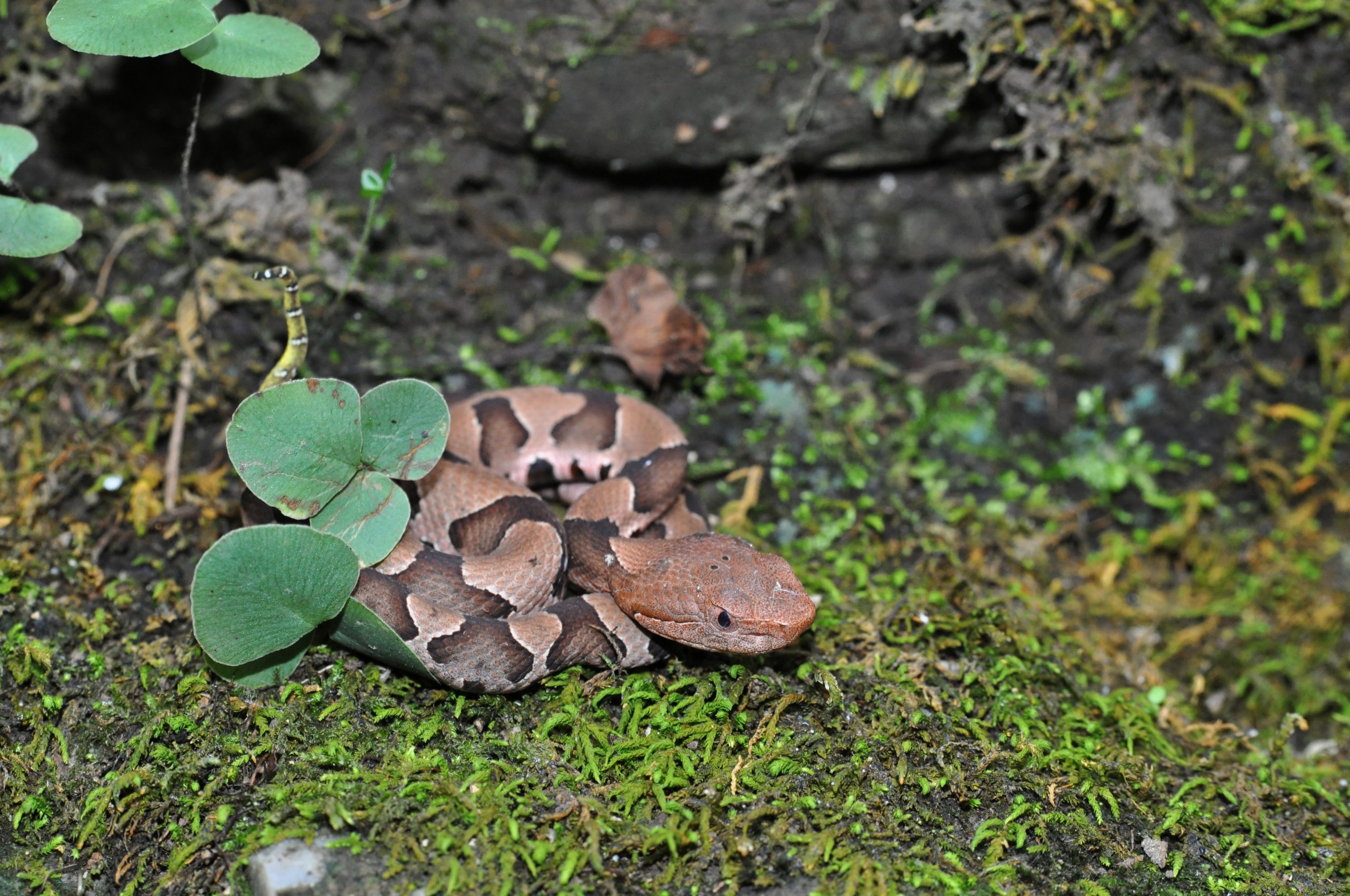



How To Identify A Baby Copperhead Snake 21 Pictures
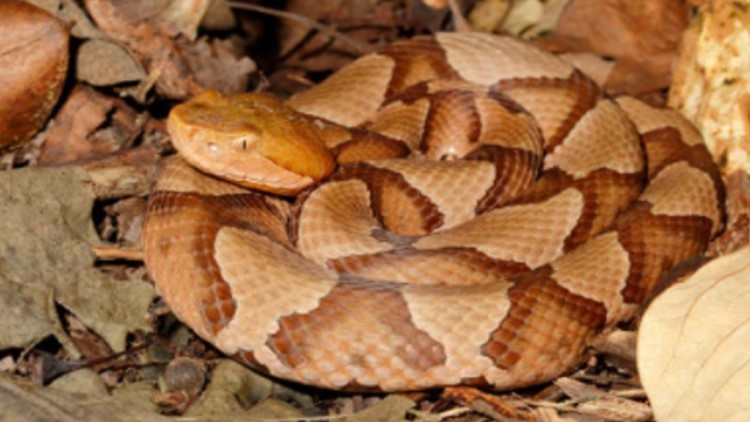



Watch Out For Baby Copperhead Snakes Wfmynews2 Com



1




How To Tell If A Snake Is Venomous Wbir Com



When Are Baby Copperheads Born In Nc Are They More Dangerous Raleigh News Observer
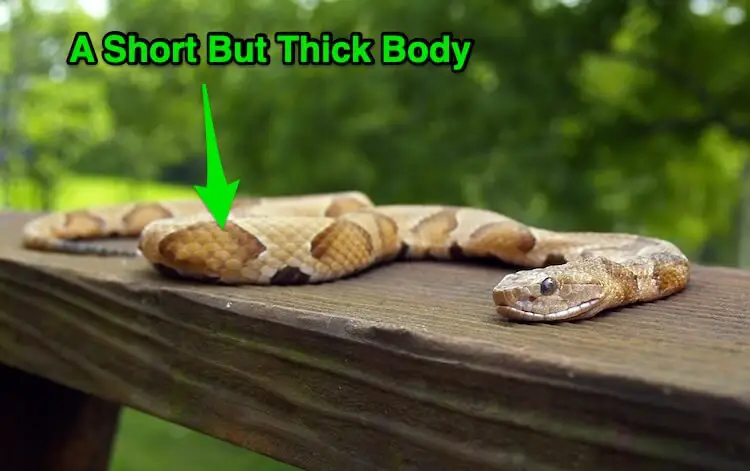



7 Ways To Identify Prevent Remove Baby Copperhead Snakes Everything Reptiles
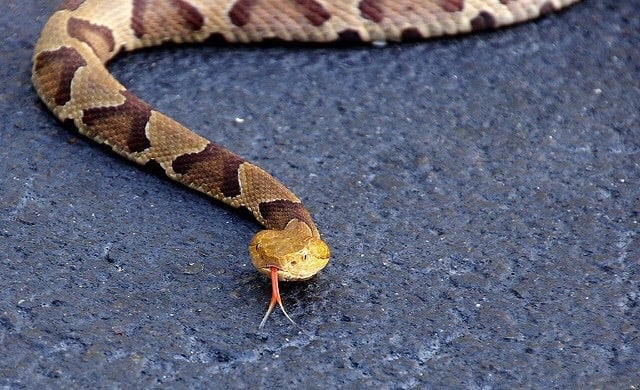



Baby Copperhead Snake Identification Guide Look For These 5 Things Embora Pets
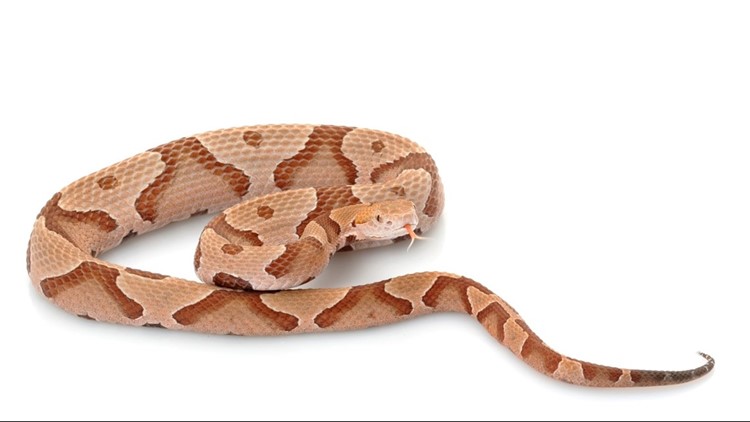



How To Tell If A Snake Is Venomous Wbir Com




A Field Guide To Commonly Misidentified Snakes




Copperhead Vs Northern Water Snake Nature Watch




Common Snakes Of Texas Texas Co Op Power




7 Ways To Identify Prevent Remove Baby Copperhead Snakes
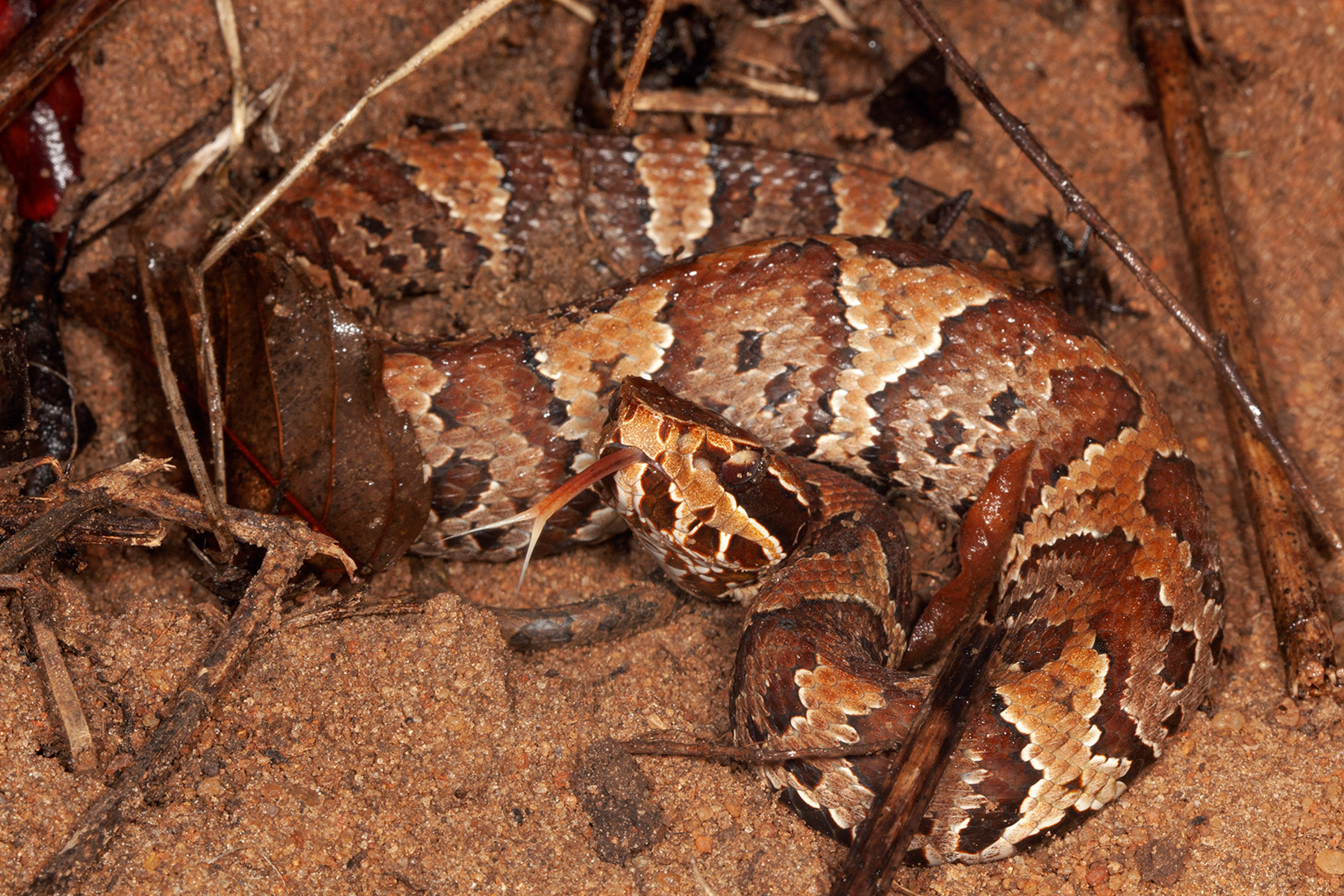



Florida Cottonmouth Florida Snake Id Guide




A Field Guide To Commonly Misidentified Snakes




Species Profile Copperhead Agkistrodon Contortrix Srel Herpetology




Facts You Did Not Know About Baby Copperheads




Southeastern Reptile Rescue Identifyasnake




Identifying Copperhead Snakes Home Garden Information Center



1



The Southern Copperhead Snake Everything You Need To Know
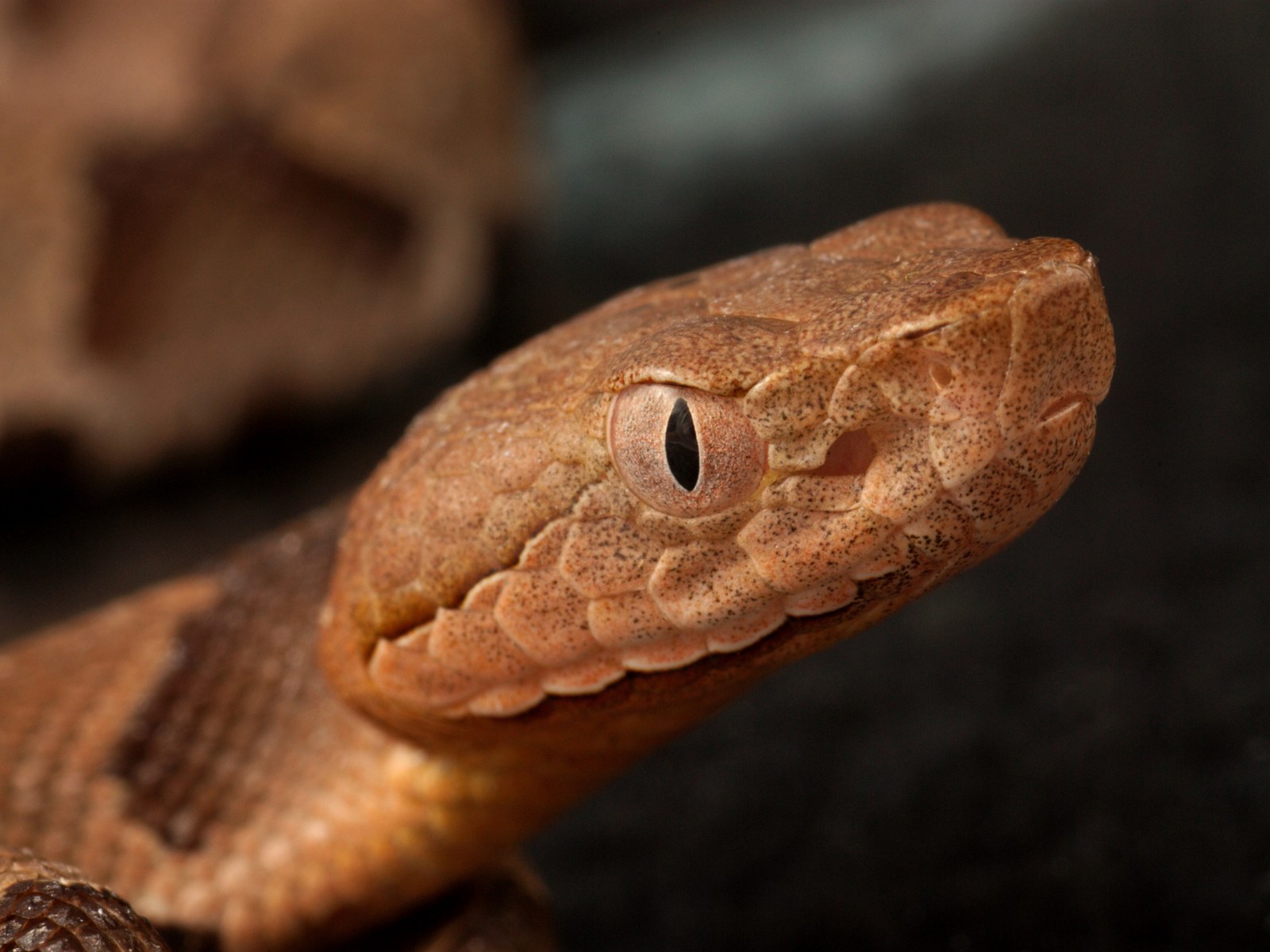



It S Baby Copperhead Snake Season Here S What You Need To Look Out For




Facts About Copperheads In Nc Critter Control Of The Triangle
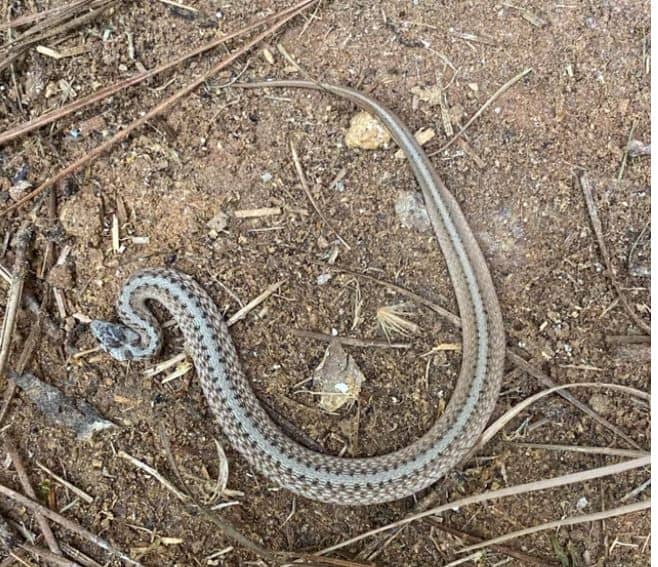



How To Identify A Baby Copperhead Snake 21 Pictures
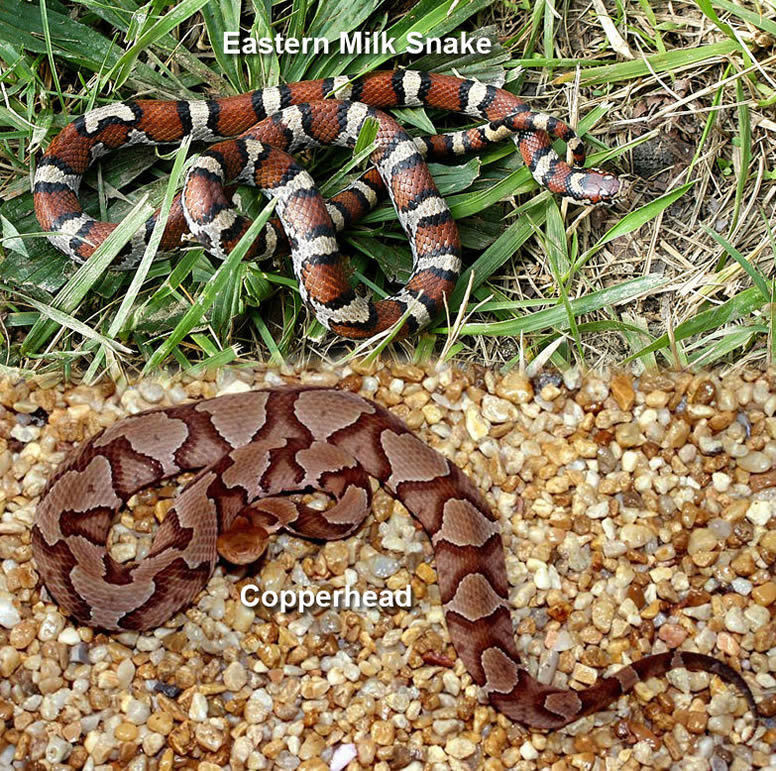



Copperheads And Similar Looking Harmless Species
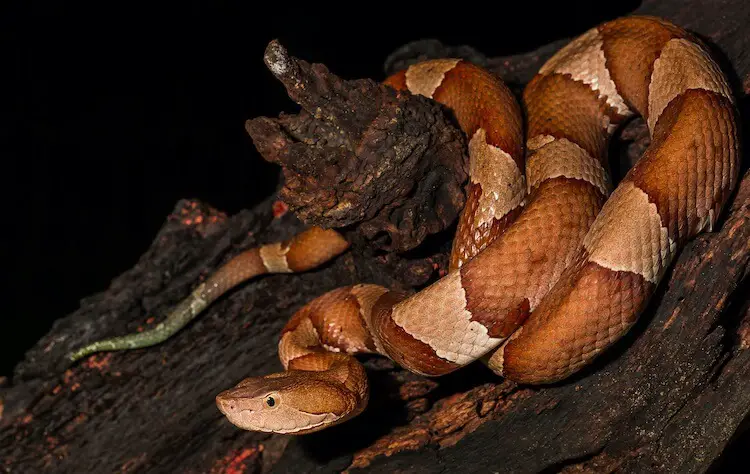



7 Ways To Identify Prevent Remove Baby Copperhead Snakes Everything Reptiles
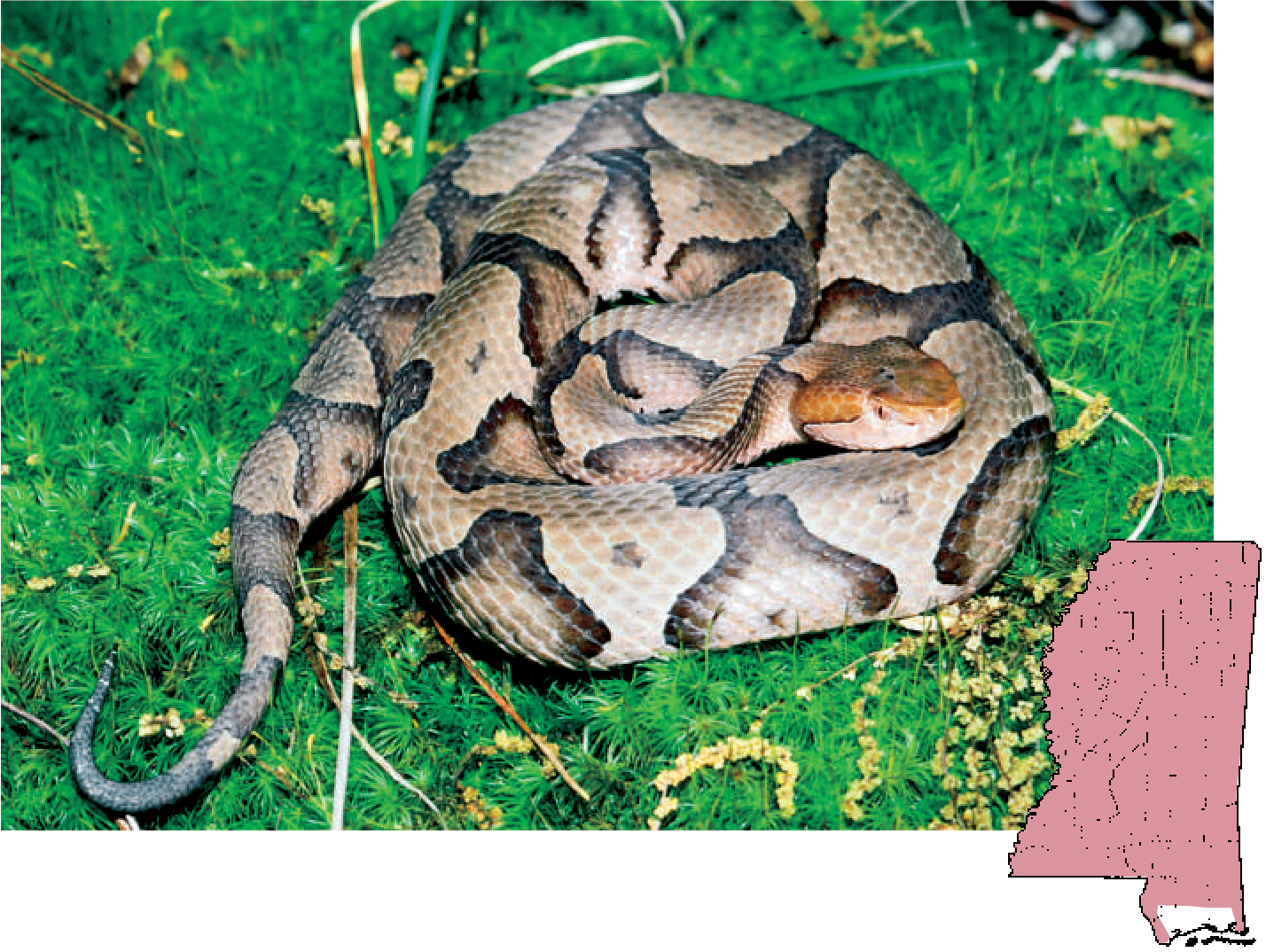



Mdwfp Venomous Snakes Of Mississippi
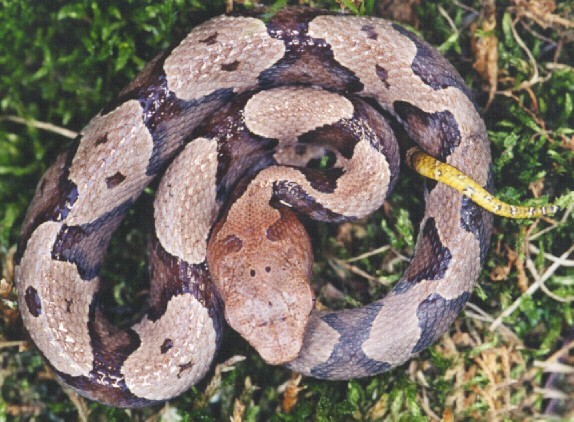



Copperheads And Similar Looking Harmless Species



Rat




Copperhead Snakes And Water Snakes The Infinite Spider




Snakes Are Out Reduce Encounters Agrilife Today




Rare Striped Copperhead Snake Found In Mississippi



Black Snakes V Copperheads Tips To Keep Safe Wcnc Com




The American Copperhead Snake Agkistrodon Contortrix Desertusa



Snake Bellies Snakes In Western Massachusetts




5 Ways How To Tell The Difference Between Cottonmouths Water Moccasins And Copperheads Living Alongside Wildlife
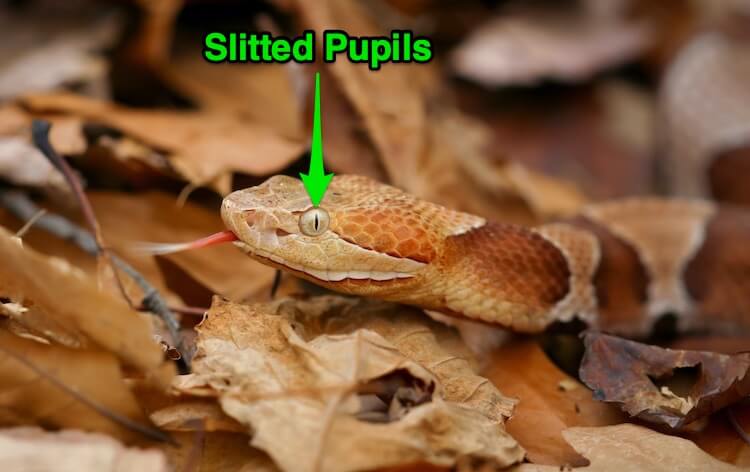



7 Ways To Identify Prevent Remove Baby Copperhead Snakes Everything Reptiles




Vanguardcycles S Blog Pictures Of Baby Copperhead Snakes Showing 1 1 Of 1
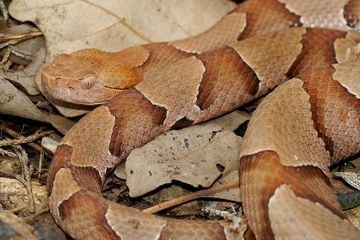



Copperhead Sightings On The Rise Environment Fredericknewspost Com
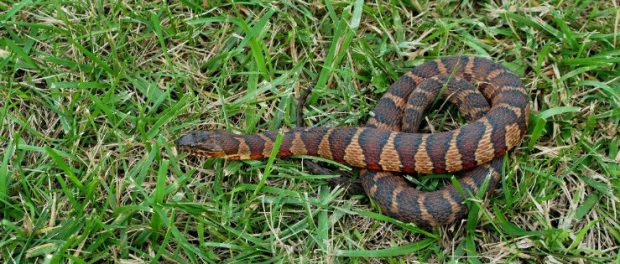



Your Guide To Snakes In Fairfax County News Center



What Does A Baby Copperhead Look Like Quora
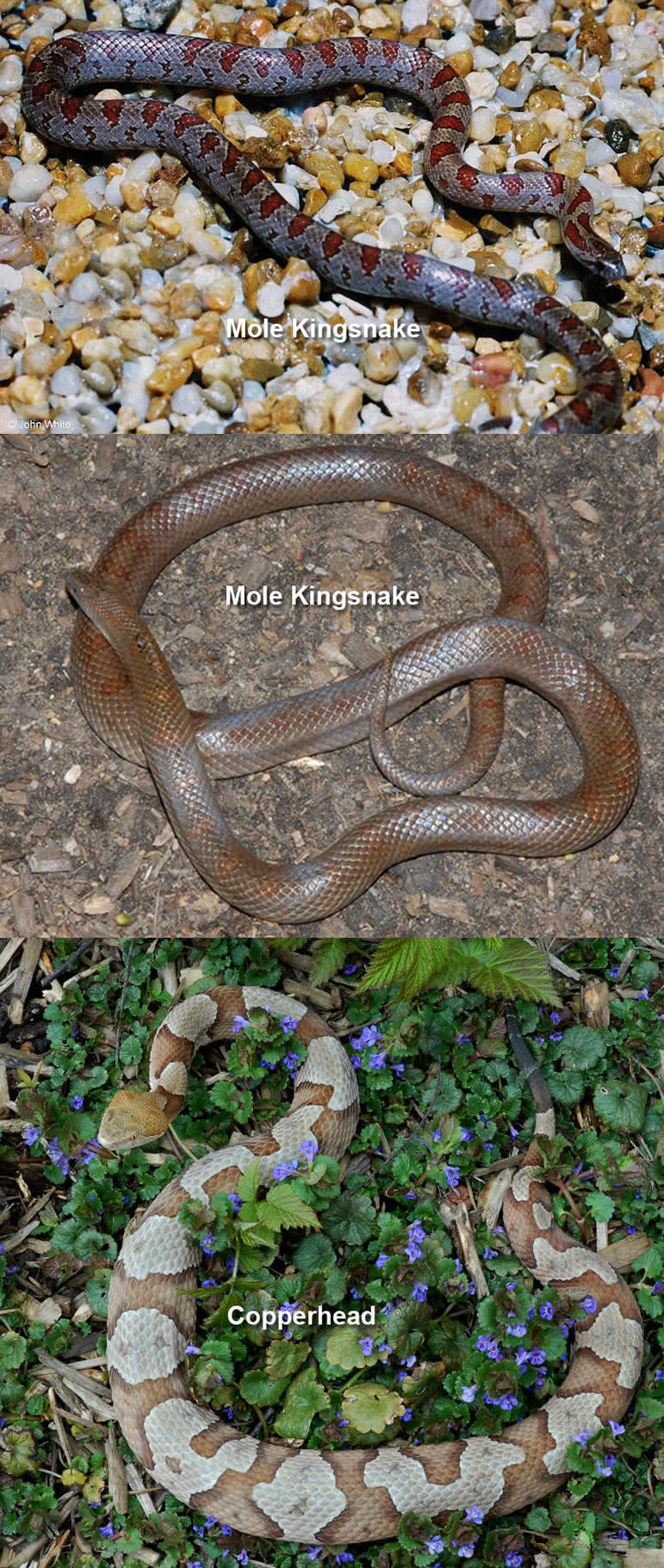



Copperheads And Similar Looking Harmless Species
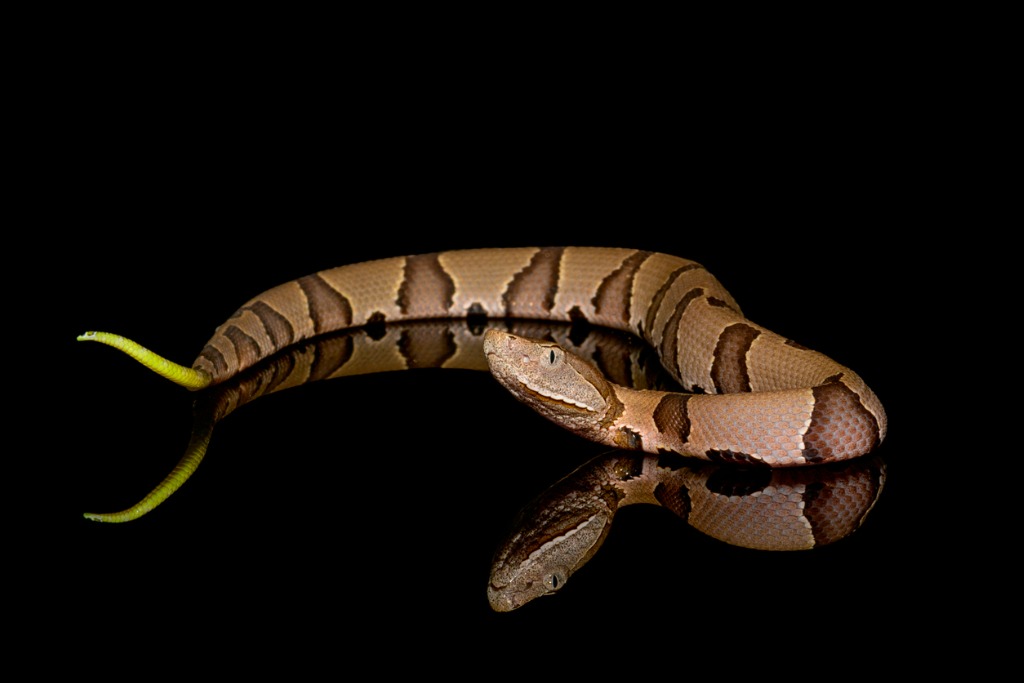



Baby Copperheads Have Some Distinguishing Characteristics
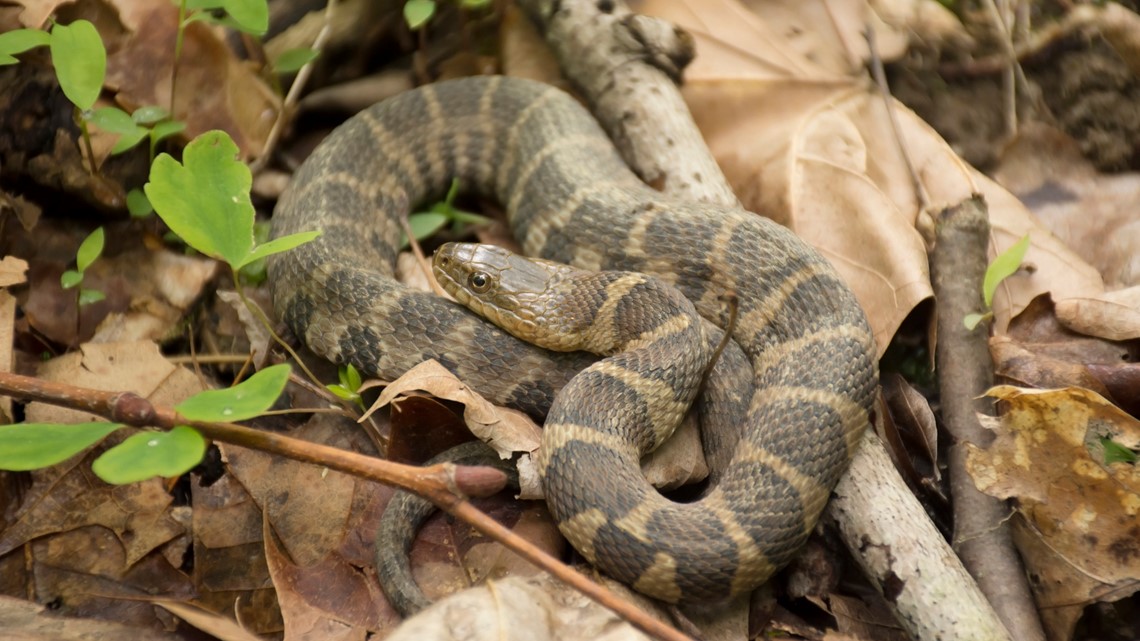



How To Tell If A Snake Is Venomous Wbir Com
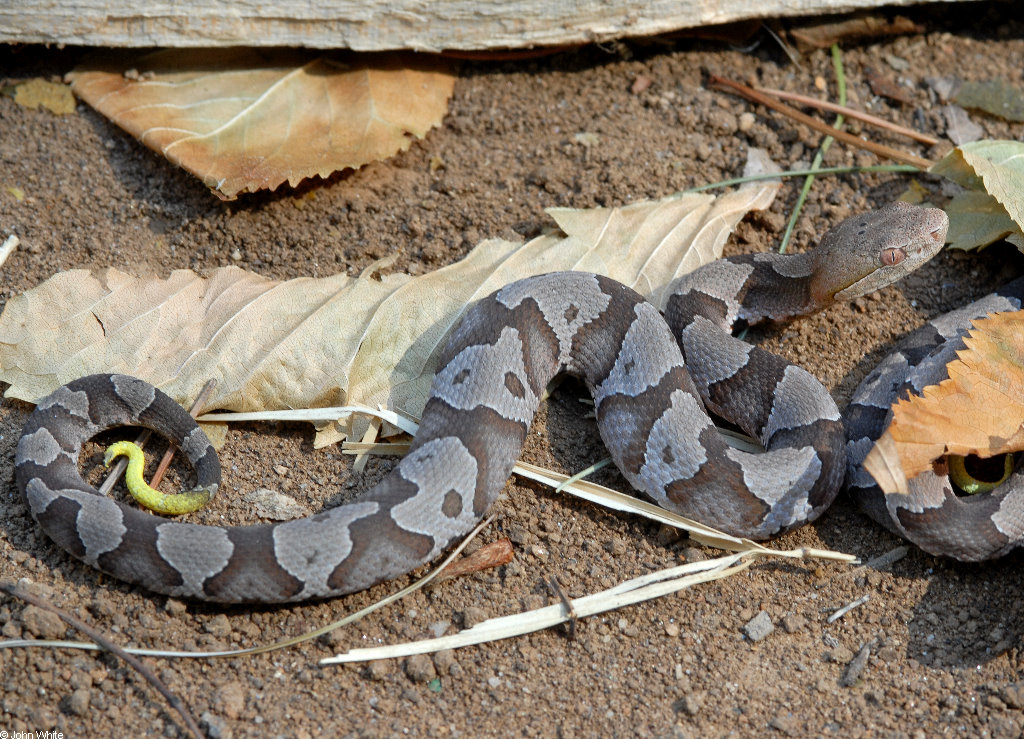



Copperheads And Similar Looking Harmless Species




8 Snakes That Look Like Copperheads With Pictures Wildlife Informer



0 件のコメント:
コメントを投稿